|
This is the third year that I have held a small summer art camp at my home. Many of the lessons that I teach over the summer, I use the next year in the classroom. I love the opportunity to try out lessons for the first time and teach a few things that just aren't practical in a classroom setting.
My art camp runs for just a week with morning sessions from 9:00-12:00. It's amazing how much we can accomplish in that small period of time! When we pack up portfolios at the end of the week, we have nearly a school year worth of artwork! This summer we made: watermelon painting, pattern painting tapestry, cup weaving, modeling clay sculptures, sketchbooks, new crayon shapes, cyanotypes, and 3D letter sculptures.
0 Comments
Our Night of the Arts mural has become a tradition at my school. Each year, third grade creates the background and kindergarten adds an element to it. This year, kindergarten created butterflies and third grade made a springtime garden. The mural is 6ft tall and 24 ft long and made up of four pieces of white butcher paper. I draw out the design with pencil beforehand and then third grade works to paint inside the lines. We usually work on two to three pieces at a time and spread it out on the floor and tables. Some classes can even work together on all four pieces, and they love to be able to see all of it. I complete the mural by painting the black lines and then hot gluing the butterflies. This whole process takes about three weeks.
These sweet butterflies were made by my kindergarten students! Each class made butterflies with a different color and they were glued to the mural created by third grade. The artwork was then displayed at our Night of the Arts! I've always done the same lesson across all of the classes in a grade level, so having the different colors was new to me. Some classes mixed colors for their butterflies, others did not, but all classes created tints when printing the spots.
This was also the first time I have used glitter in my classroom! And I was crazy enough to do it with kindergarten! It was better than I ever could have imagined. They did such a great job and were so responsible. I loved how their work sparkled up on the wall for the art show, so it was worth the mess! This lesson was definitely required more work on my part, but it was worth it for such a special part of our Night of the Arts. I hot glued all of the painted paper plates together and glued the pipe-cleaners after school. Students could have done this with regular school glue, but I wanted to make sure they were sturdy enough to be displayed on the mural. Everyone loved these beautiful butterflies! I'm not looking forward to taking them down. I love seeing them everyday! I have taught a version of this lesson since maybe my second year teaching. It's fun project where students create a full painting and use all of the primary and secondary colors. This is the perfect lesson to review color mixing and painting procedures.
This year, my first and second graders used bingo daubers (thank you Cassie Stephens for the idea!! We love using them!) to draw the fish and the backgrounds. The bingo daubers help my kids to draw BIG and we don't have to draw with pencil first. On the first day of the lesson, we drew the fish and the backgrounds with the bingo daubers. They made six fish for the six primary and secondary colors. We began with big circles and then I demonstrated a few different ways to approach drawing the fish. On the second and third day, we painted the primary and secondary colors. First grade took two days and second grade took just one. For second grade, I gave them a checklist of the colors they needed to have represented and challenged them to complete the list on their own. On the final day, we made light blue for the water and painted the rest of the background. I loved all of the details they created, too. Many of my kids are knowledgeable about fishing, so they had a lot to add! Wanted to brag on my fourth and fifth grade students!
They created these amazing pumpkins back during the second quarter. I like to do this lesson every other year as my main painting lesson for the upper grades. It takes quite a few weeks and great focus from my students, but they are so proud of their final artworks. It combines all of the painting skills they have been developing in the younger grades into one big lesson. This year, I displayed over twenty of these colorful pumpkins in the school district building during my school's assigned month. Lesson here. This was a new lesson for kindergarten this year! I was searching for a lesson for early October where we could review all of the secondary colors. We did the orange and purple and was I satisfied with having just two represented in the work, but realized we could make the eyes green with oil pastel! Perfect!
We created a simple orange painted paper for the background and a smaller painted paper in purple for the spider body. A few of my classes got weeks behind, so we just used purple construction paper for the bodies. For the webs, we created three diagonal lines from one corner with black oil pastel. Then we made small straight lines, filling in one section at a time. We did this all step by step together and by the end I was much better at teaching it. All of the spider webs turned out wonderful. I love all of their beautiful mark making. Creating an accordion fold was more challenging than the webs, but again, by the end I was much better at teaching it. Even if all of the legs weren't perfect, they did it and they were proud of their work. On the last day of the lesson, we made the sweet little faces and glued everything together. I loved all of the creative faces they made! I will definitely encourage more of that next year. The littlest kids always make the greatest faces on their little characters! I honestly wasn't sure how this lesson would go because of the web (I usually don't do this much guided drawing) and the accordion folding, but my kids did so well! It was a great lesson to review line types, secondary colors, mixing and painting skills, and cutting and gluing skills. This lesson took four 45 minutes classes, which was longer than I expected, but I think it taught so many great skills and the results were worth it.
This is my second year teaching a summer art camp from home. It's a great opportunity to try out new materials or ideas and to teach lessons that I can't do in my classroom because of budget, time, or class size.
This year, I had students ranging from entering kindergarten to fourth grade. This is what kept us busy: Sketchbooks, bingo dauber painting, washable glue batik, CD printing, sewing, color mixing with frosting, and LEGO printing. This is easily one of the most adorable projects we've ever done. My littlest artists create the cutest faces, so I always love having them make sweet little animals. This year, it was baby tigers since we are the Eastside tigers!
First, we created orange together and painted the paper plates. They continued to make orange on their own as needed. Then, we added texture to our tigers by printing with plastic forks with the red, yellow, and orange paint. We made a "tap, tap, tap" sound to avoid smearing paint with the forks. After the tigers dried, we cut out and glued the ears. Then, we added the face and stripes with oil pastel. I have students first practice the face on piece of scrap paper. We do this step by step and then again step by step on the paper plate. In previous years, I had them practice faces on the back of their plate, but I think they do better when they can see their first try when they draw the face again. These tigers were used in our mural for the Night of the Arts. I was looking for a painting lesson that would allow second grade to begin to mix colors and explore on their own. In first grade, we usually go step by step together with painting lessons, so this was a chance for students to complete a painting assignment on their own.
I made the classes a checklist of four things I needed to see on their paper (the secondary colors and a tint), but the rest of the colors were theirs to create. I loved the excitement during the class and the exclamations of "red-violet" and "blue-green!" This is a fun way to really start talking about tertiary colors. At the end of class, one boy even thanked me for letting them make any colors they wanted. Learning is best when it feels like play! The rest of the lesson was more controlled, and the background papers were painted with analogous colors. The real reason for this is so they wouldn't mix and make brown and it's faster! They ended up painting one primary color and just one secondary color for the stripes. The lesson took about four 45 minute classes to complete. This project was so successful, I am doing it with third grade, as well. They could always use the extra color mixing practice and still need some fairly controlled lessons. These second grade gumball machines will make an appearance in the halls of the county offices in a month! |
Madeleine PinaireI am an ninth year art teacher with degrees in Art Education from Flagler College and the University of Florida, living and working in northern Florida. Each week, I teach over six hundred students in grades kindergarten through fifth. Here you will find what we are learning virtually and in the art classroom! Archives
August 2020
Categories
All
|
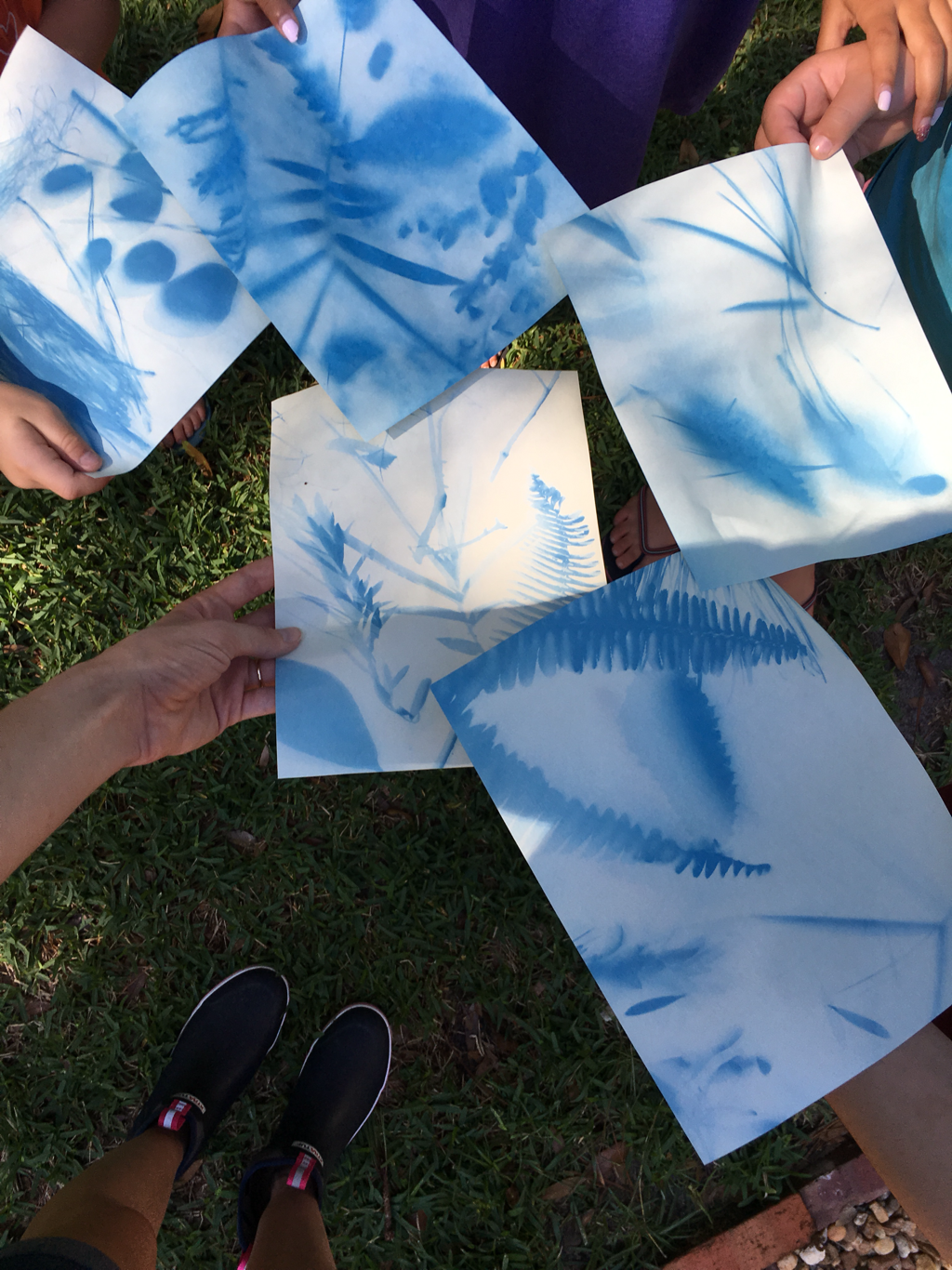
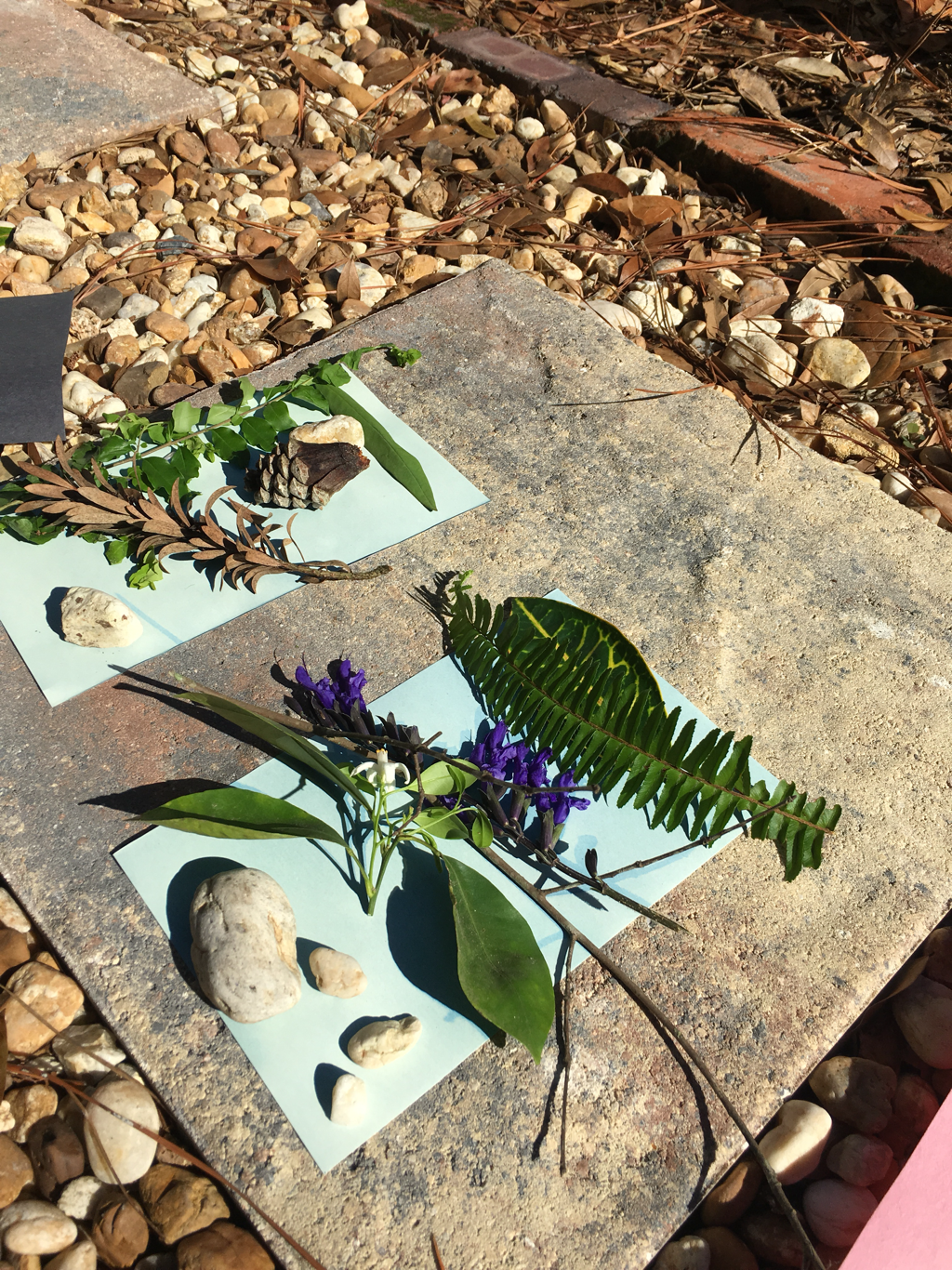
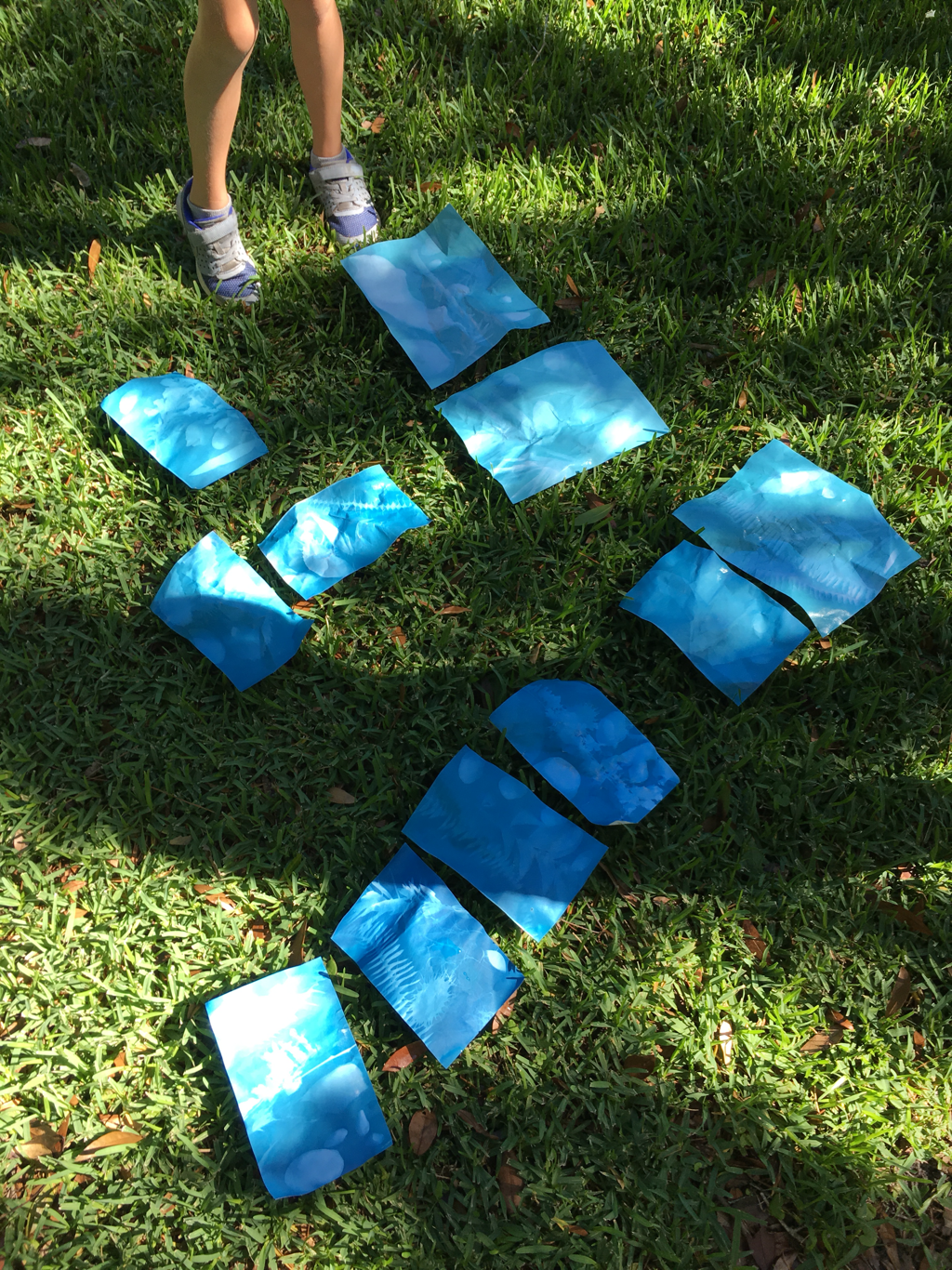
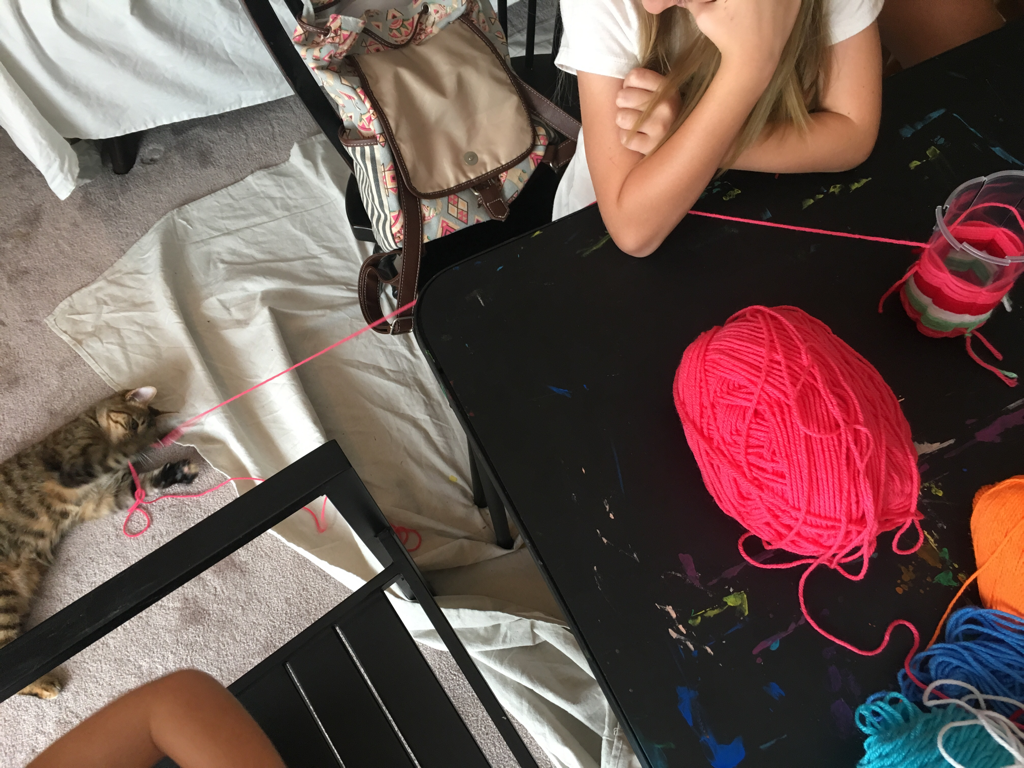
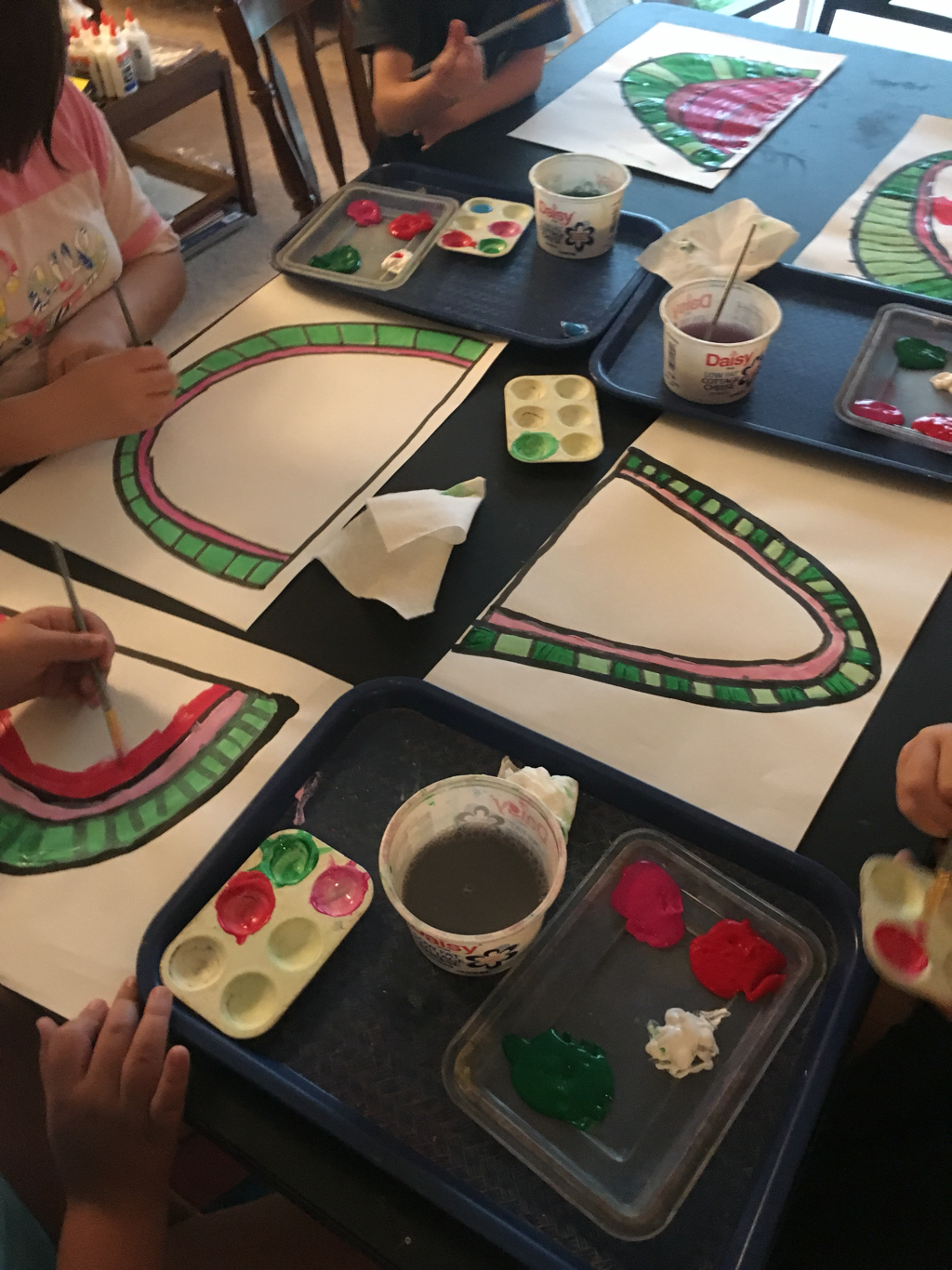
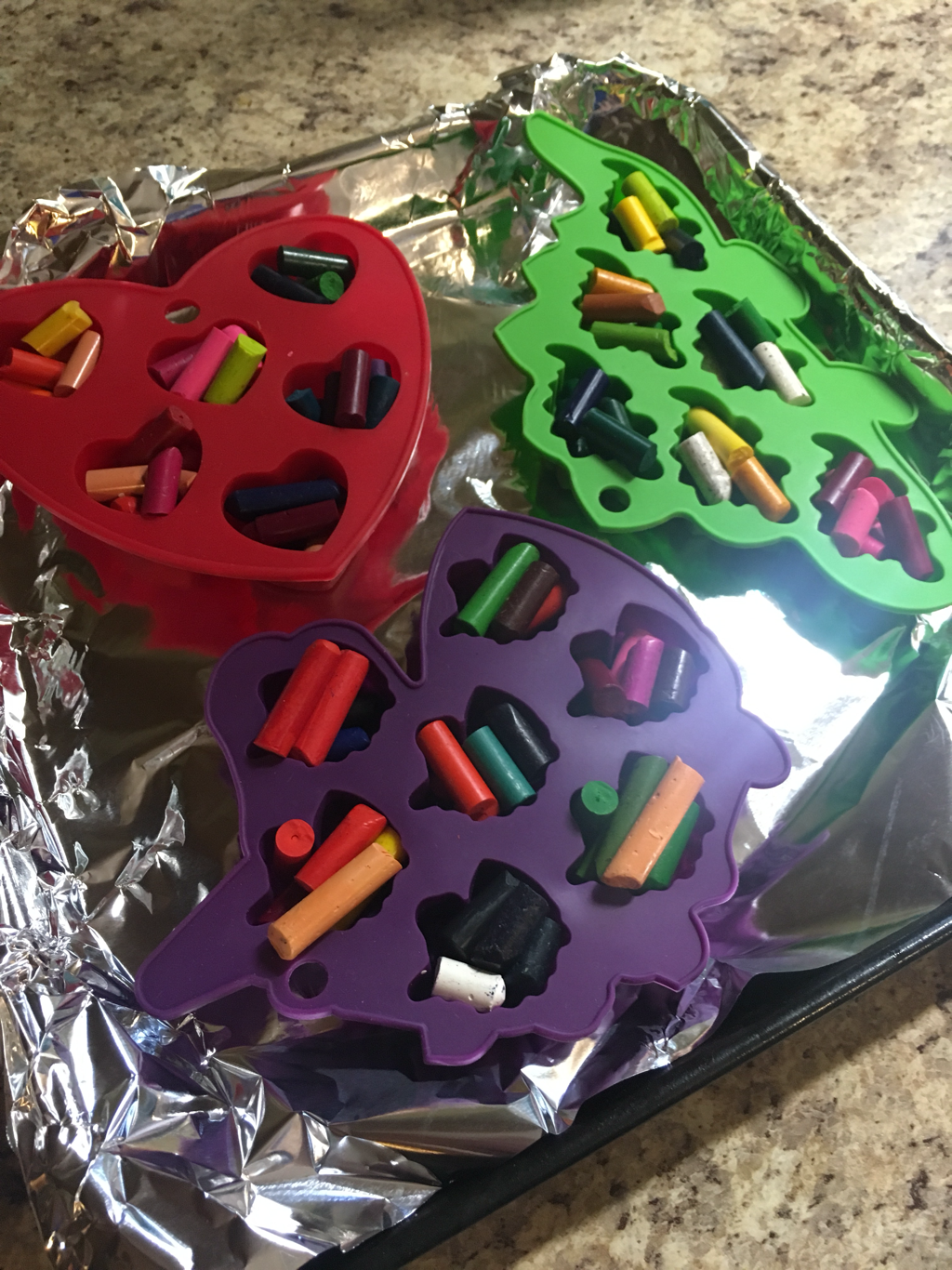
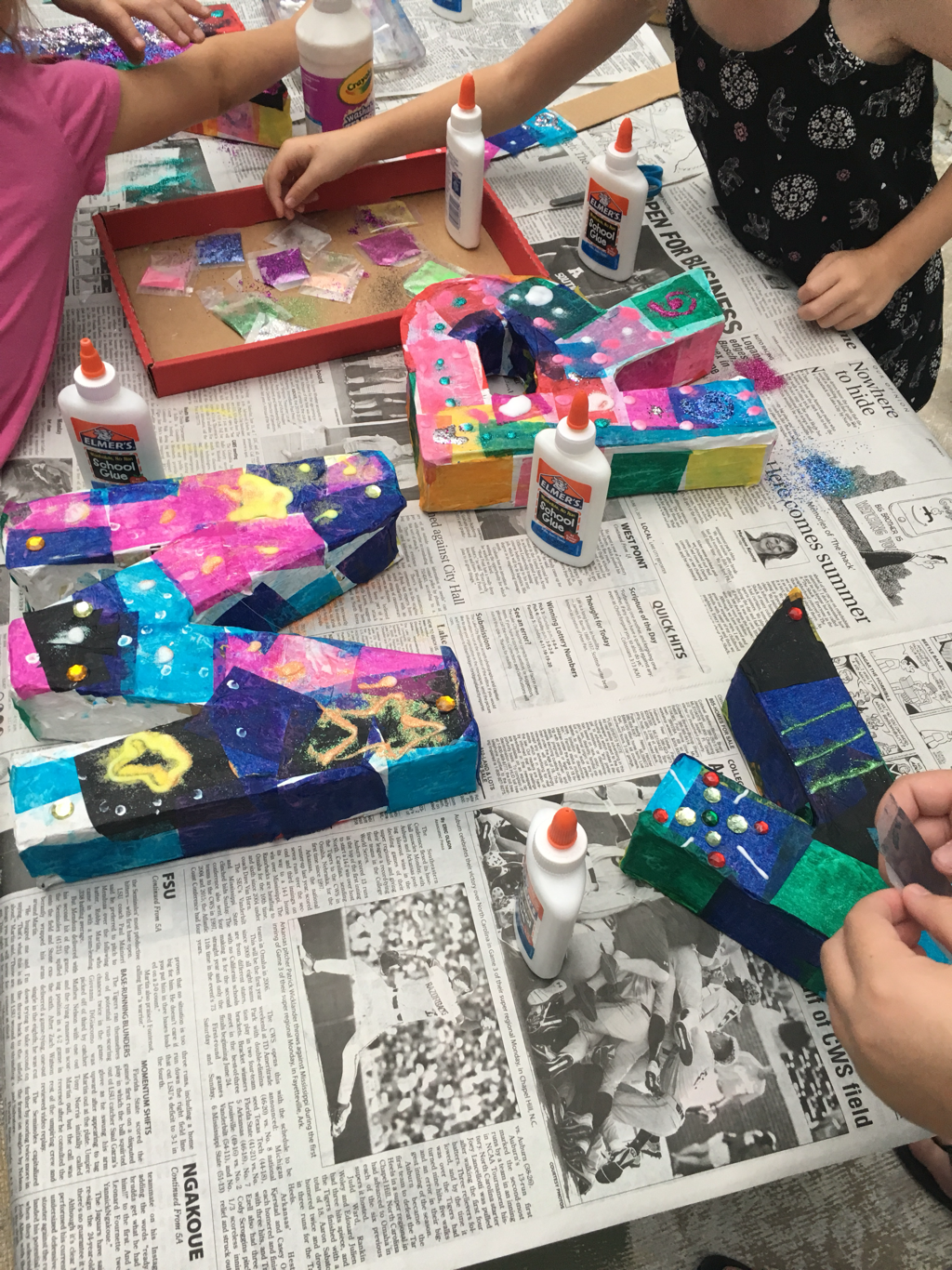
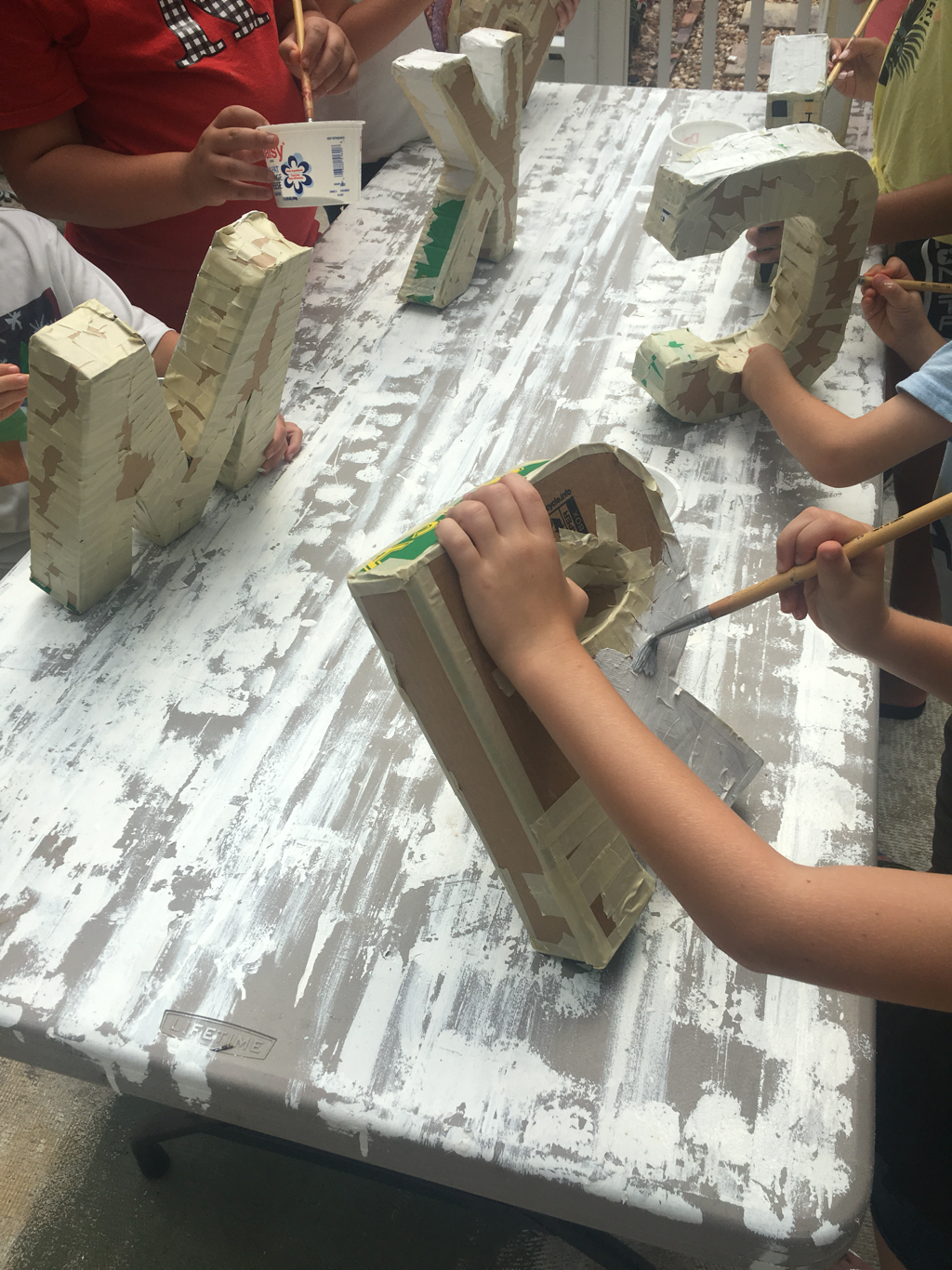
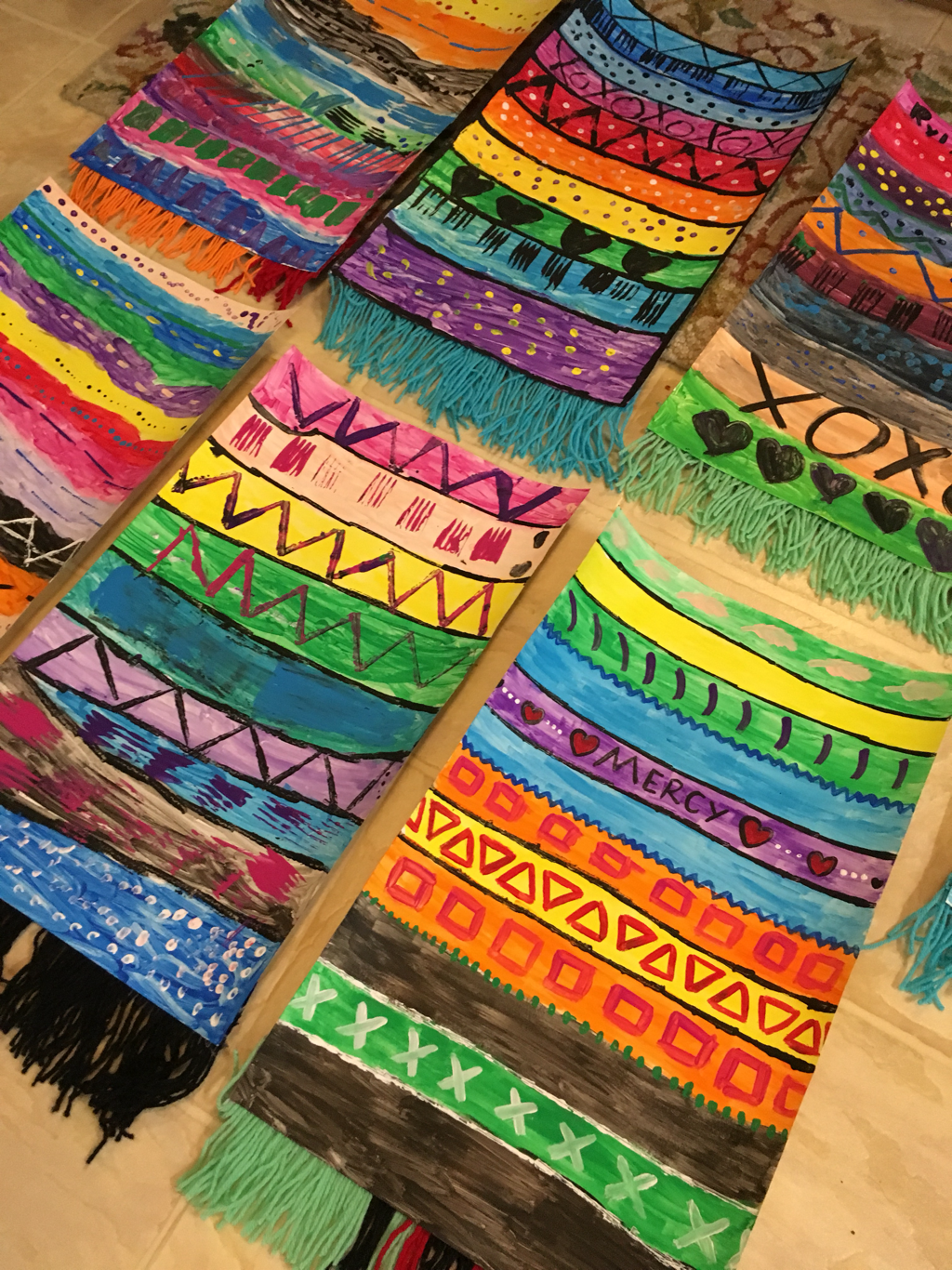
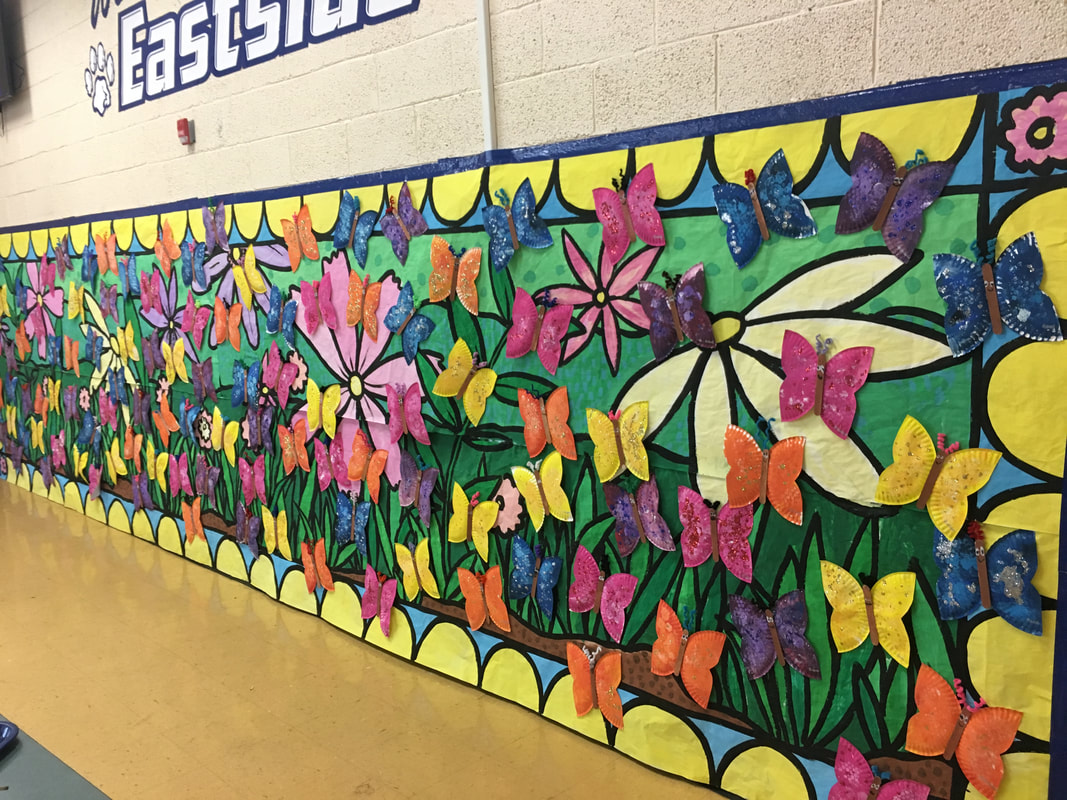
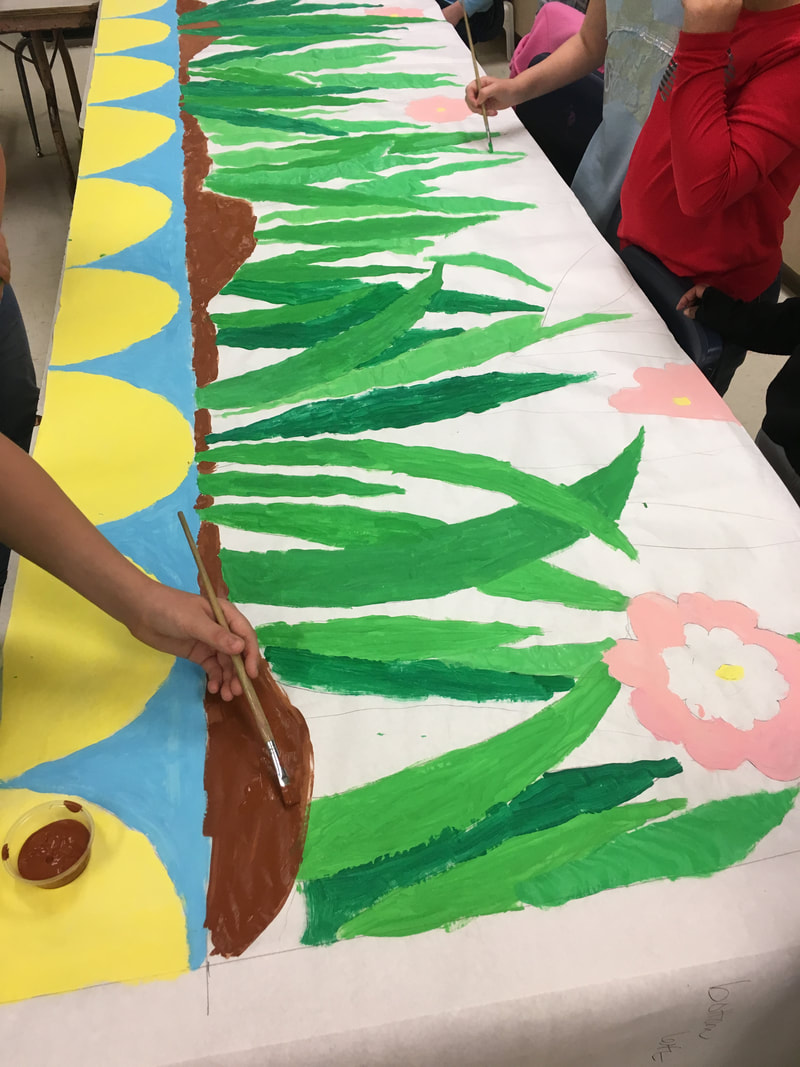
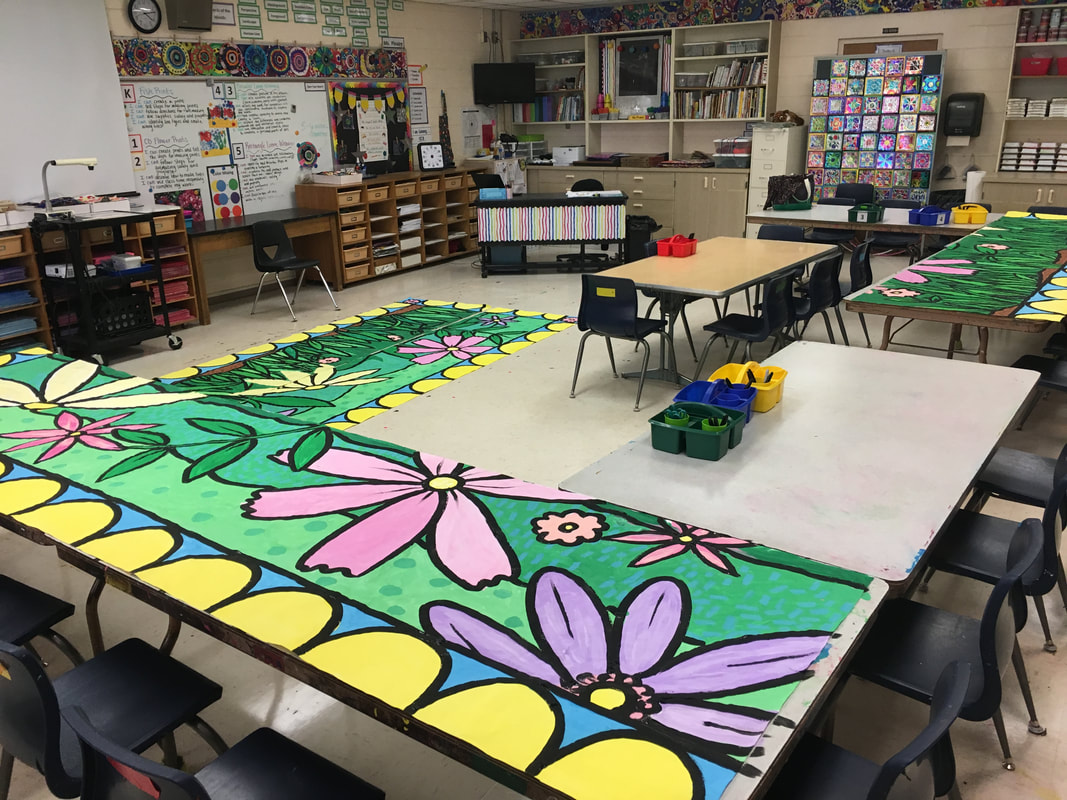
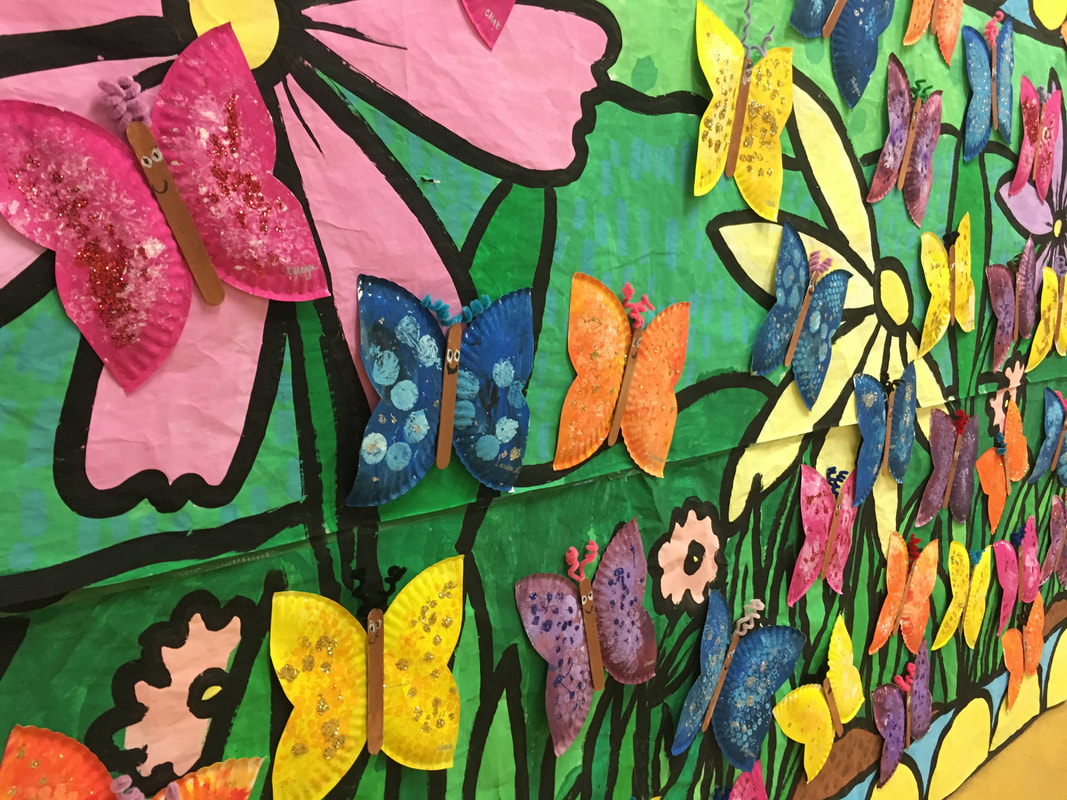
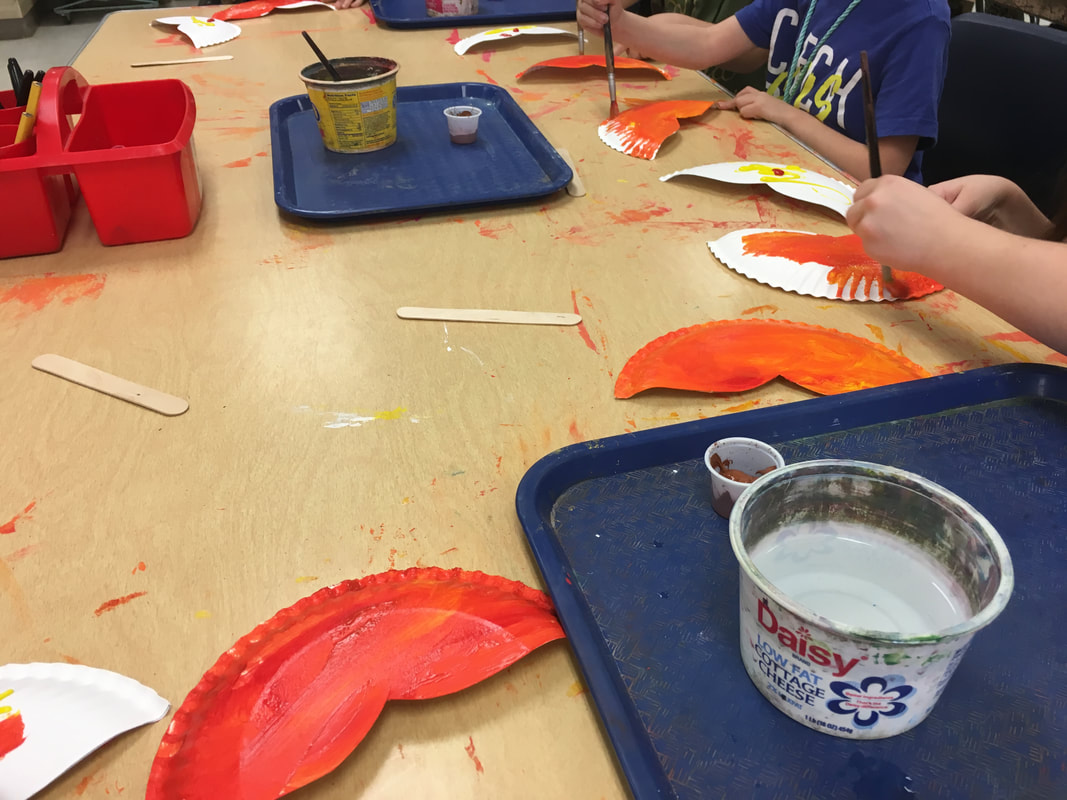
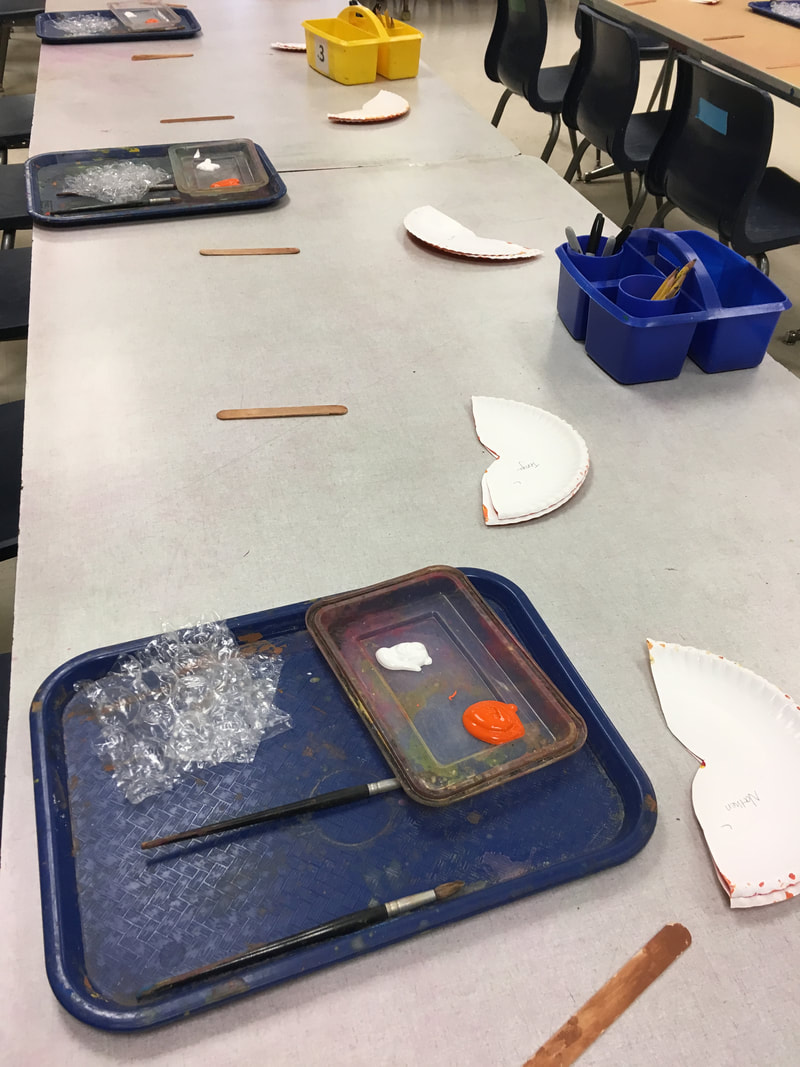
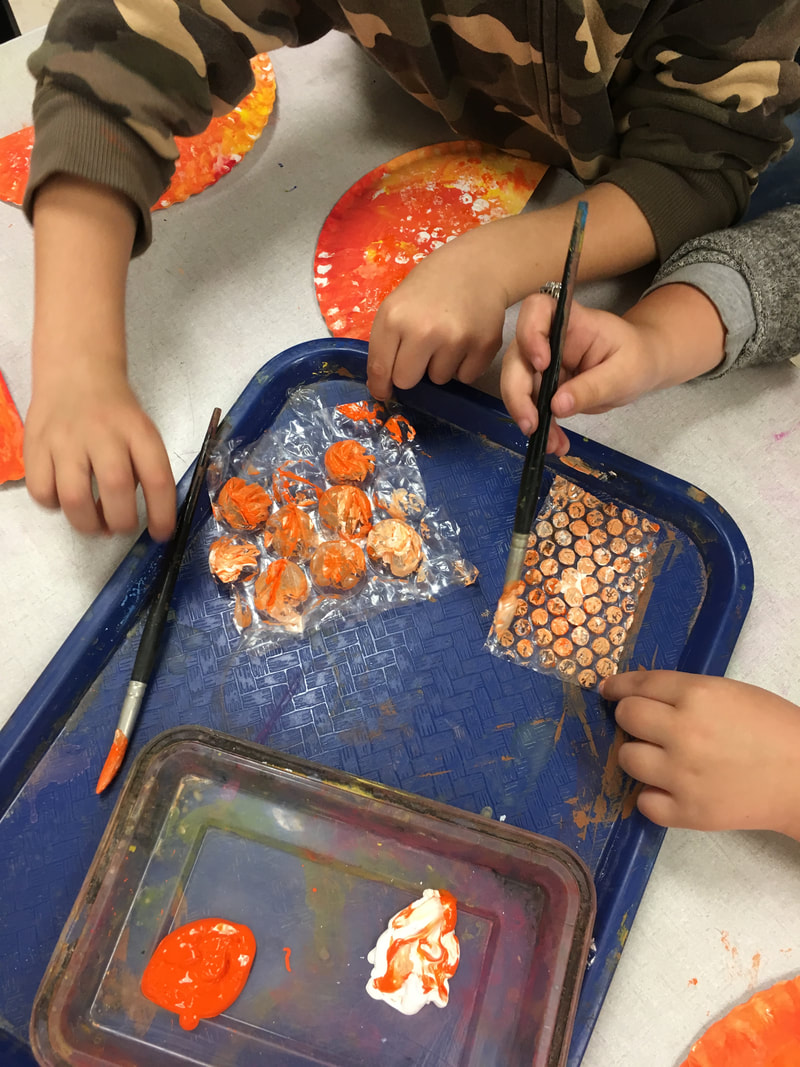
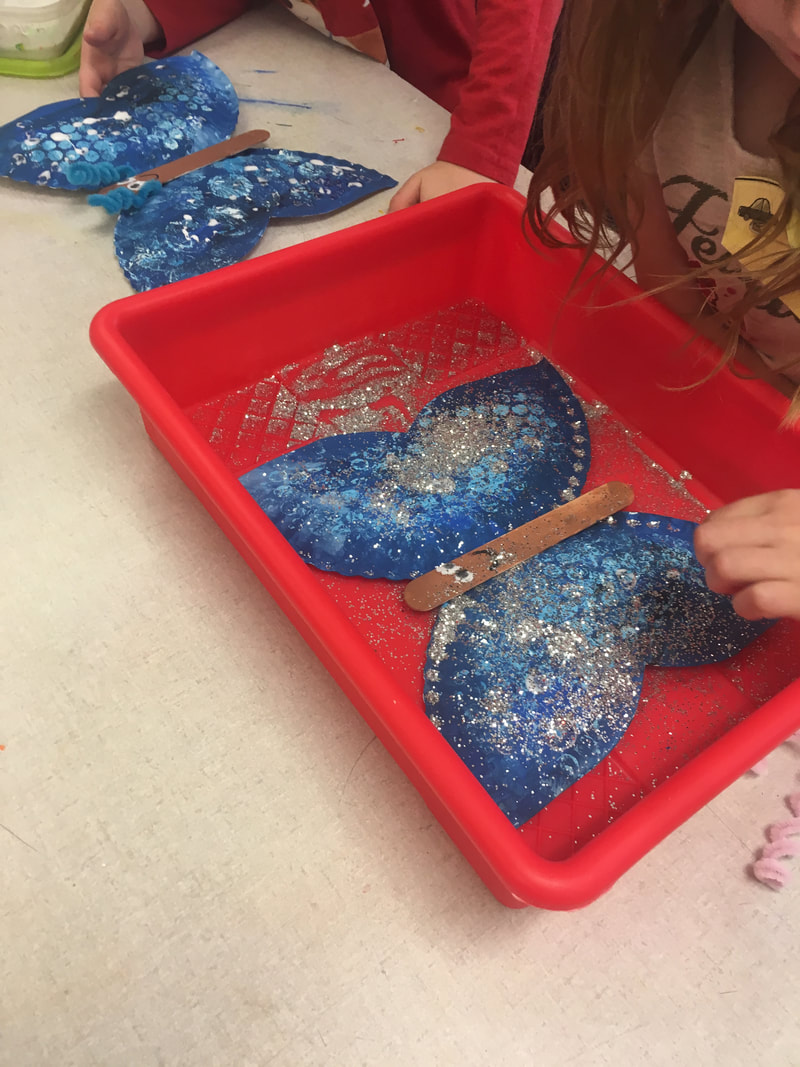
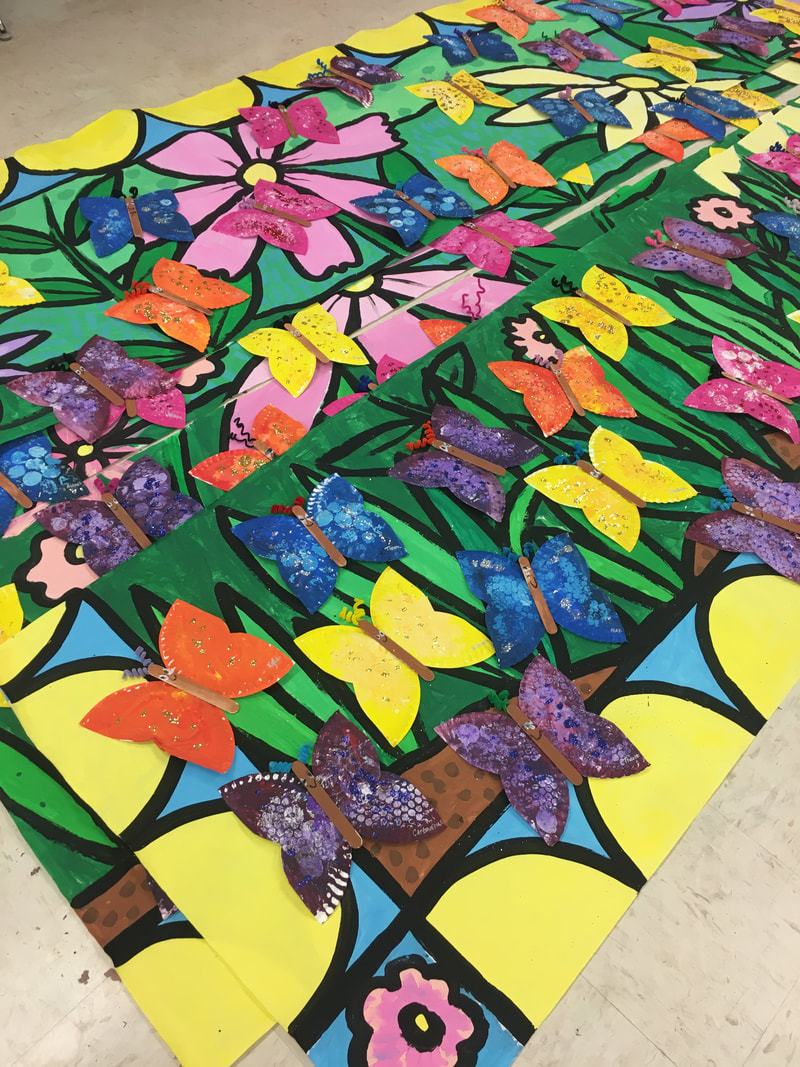
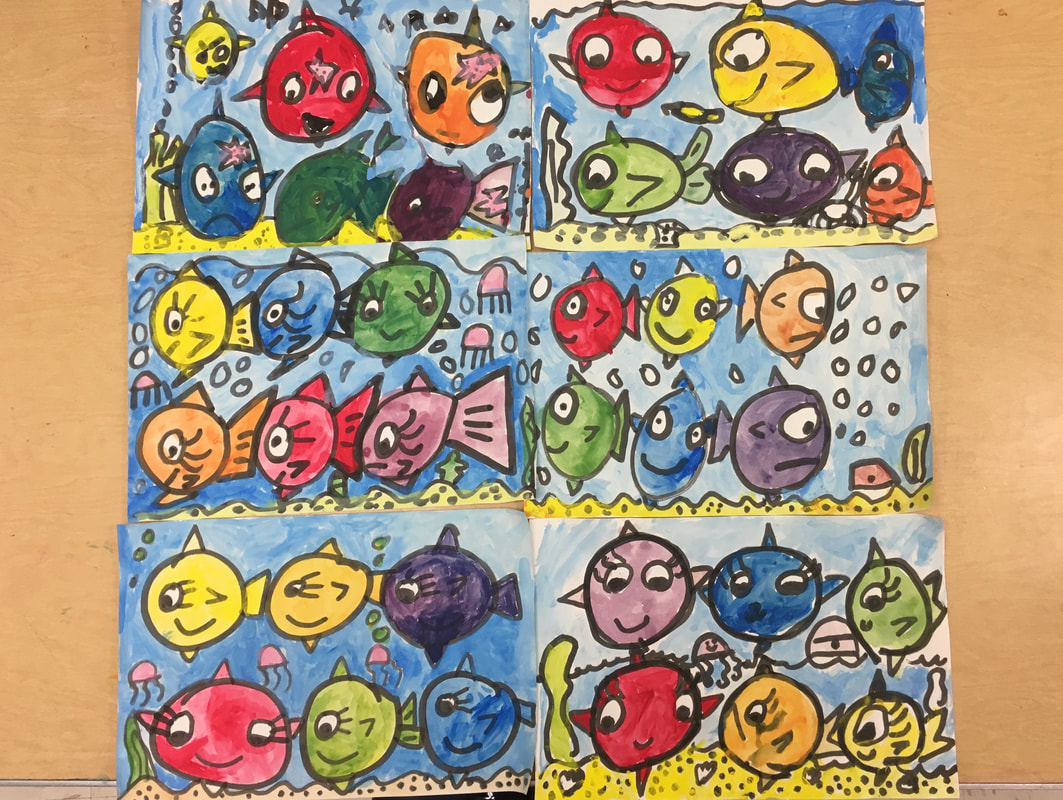

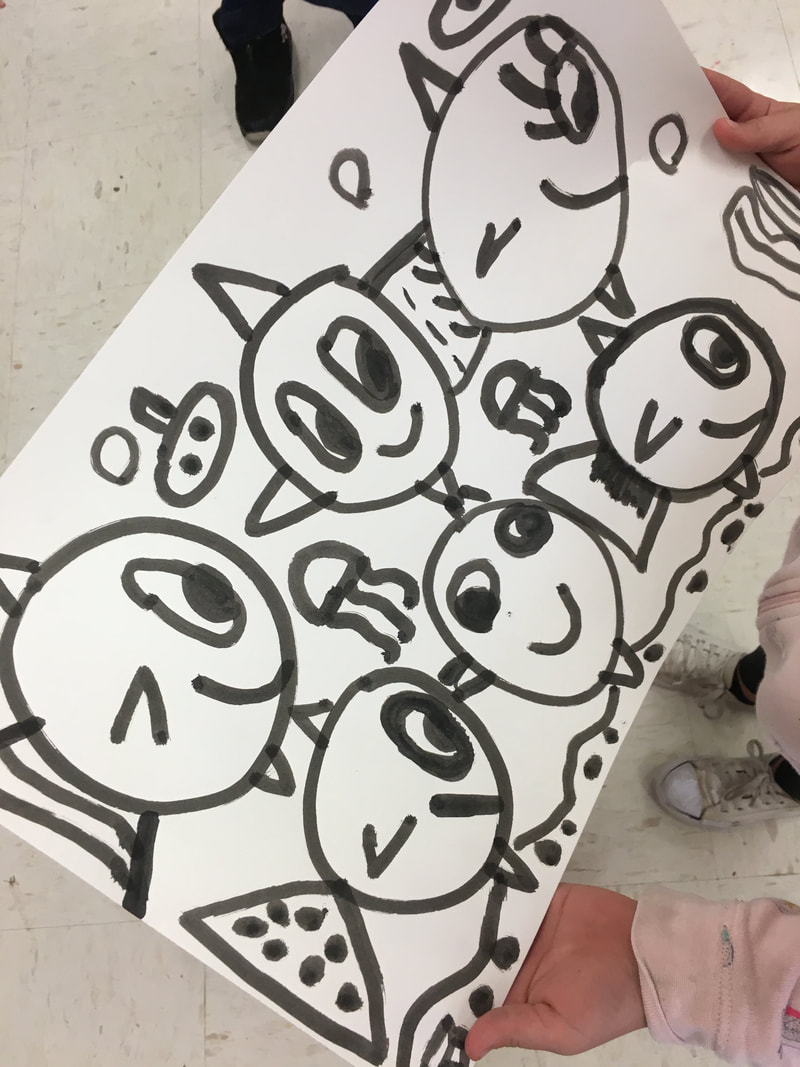
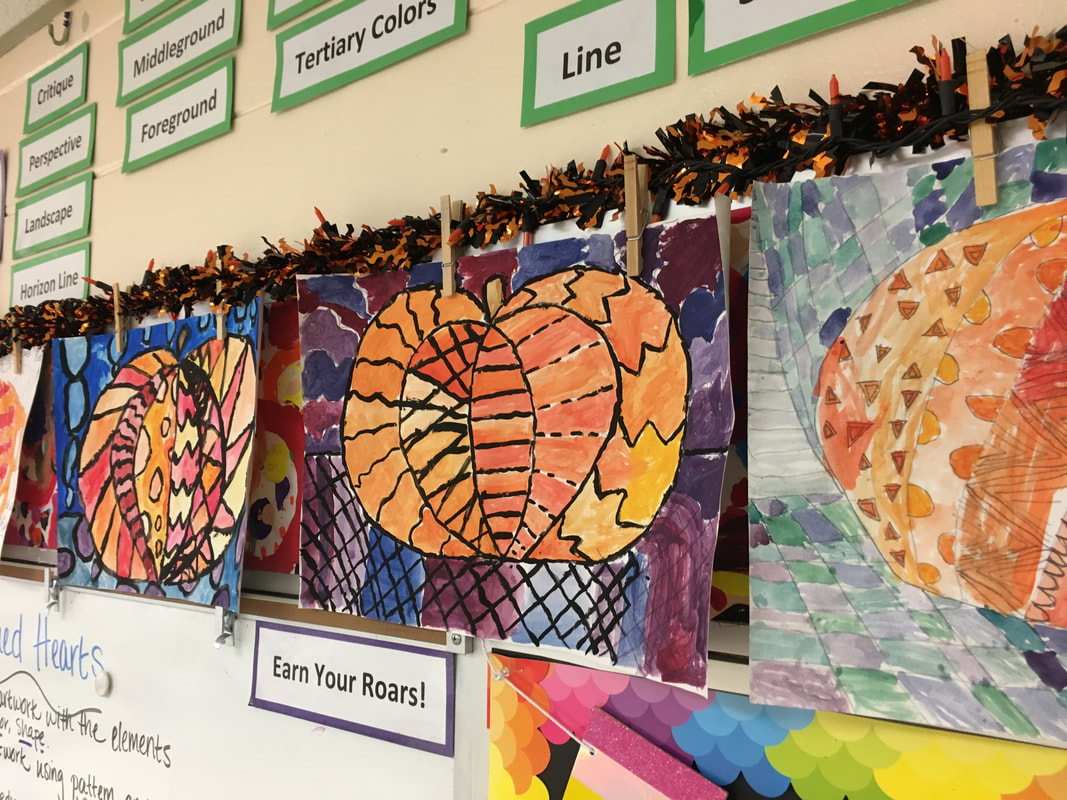
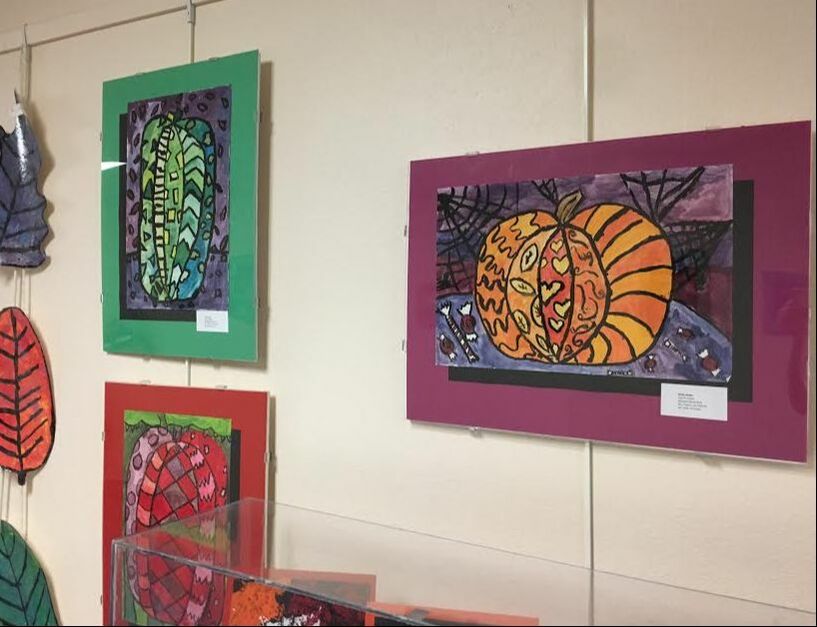
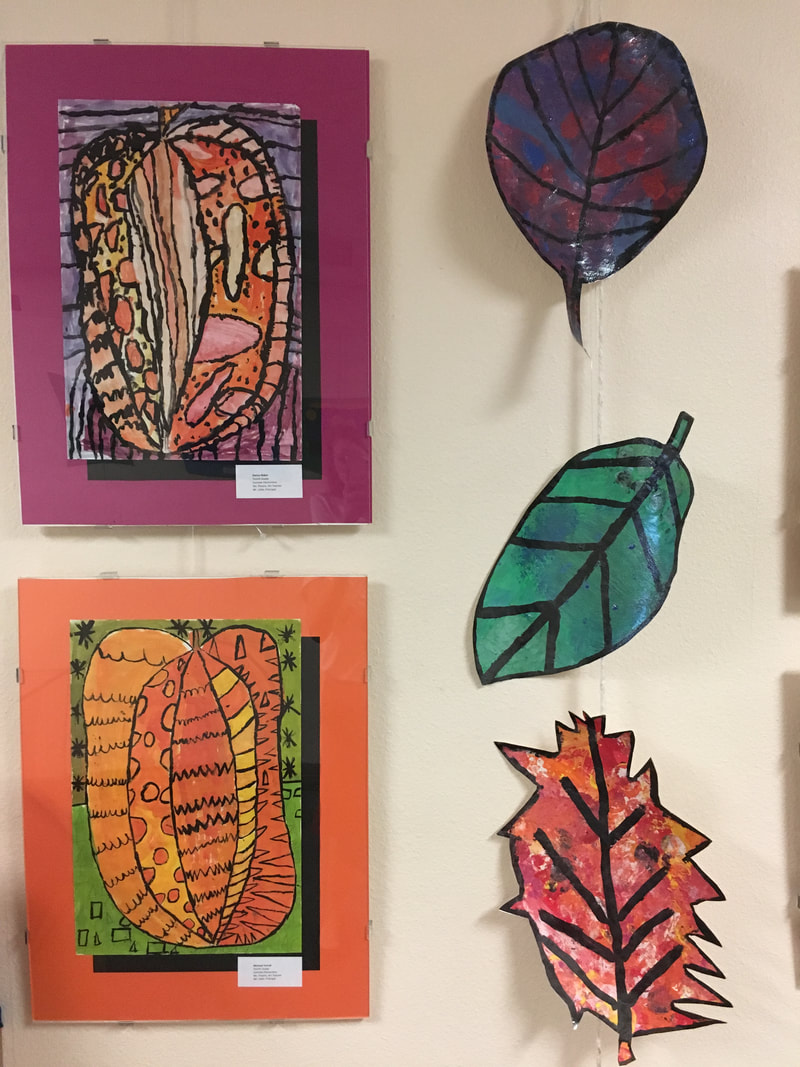
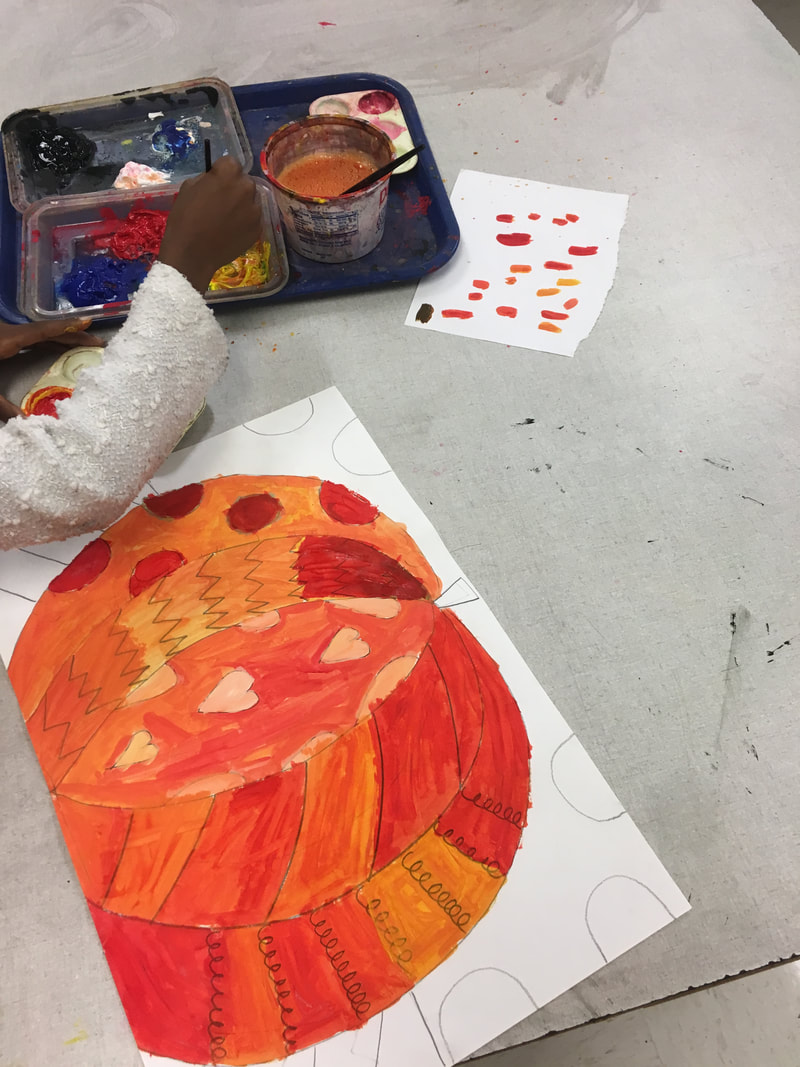
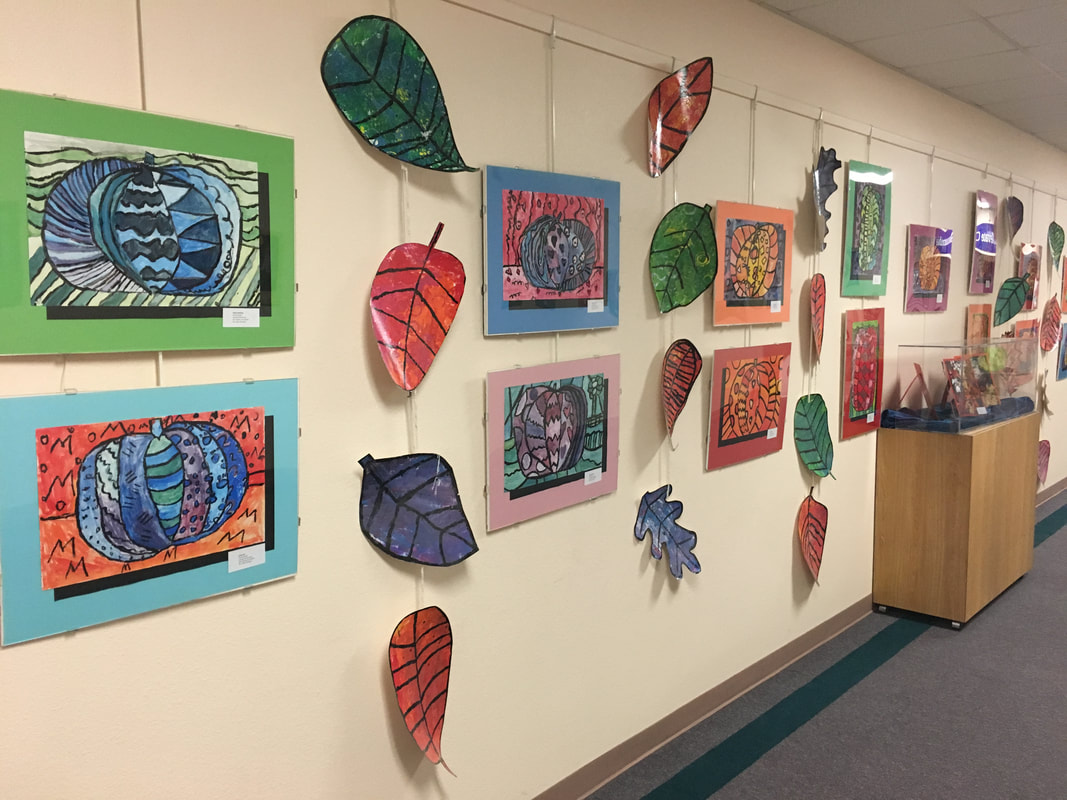
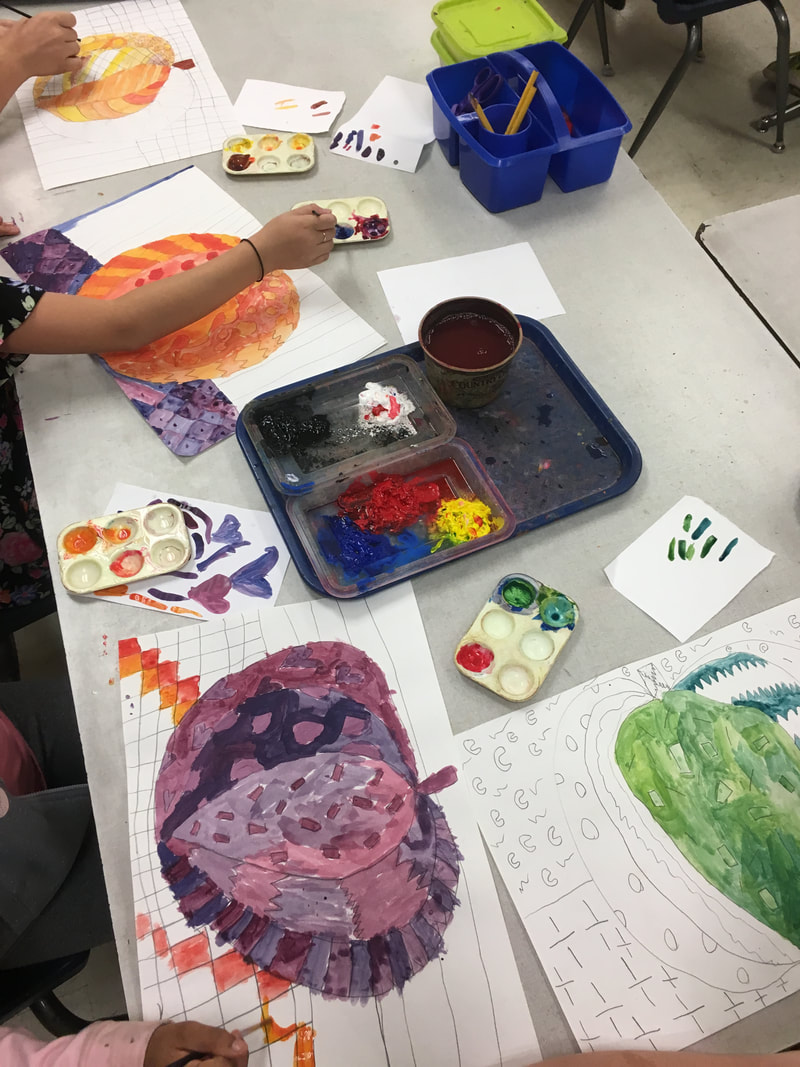
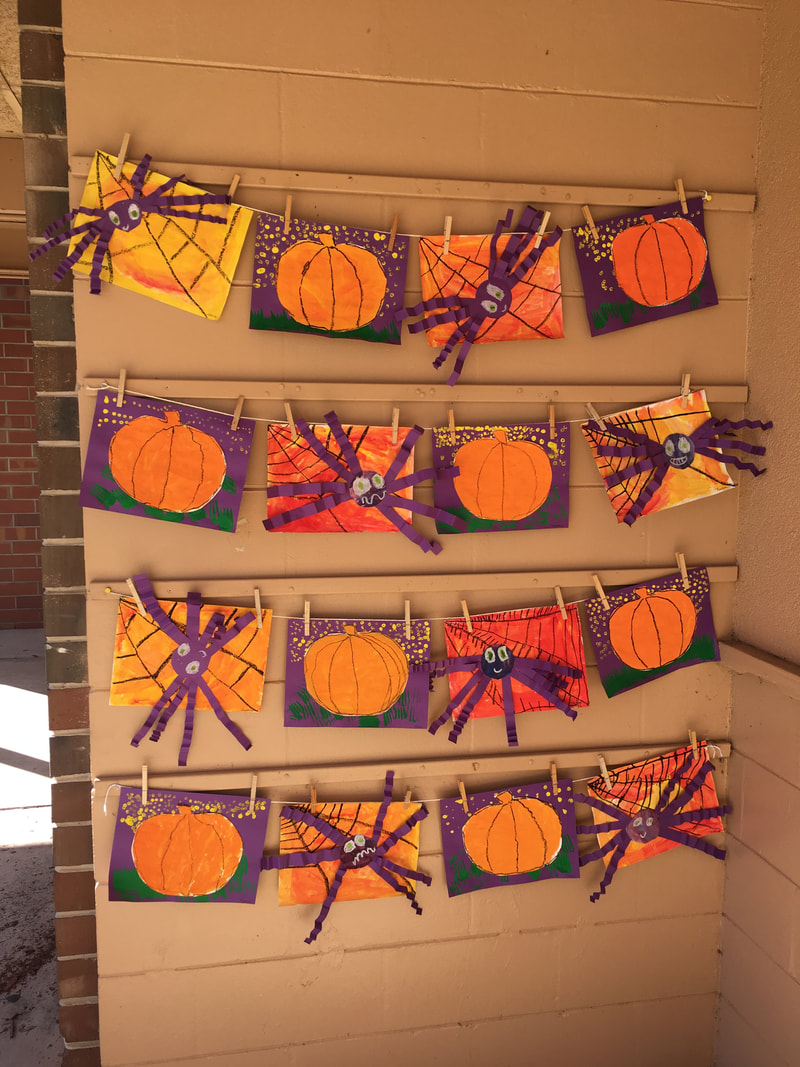
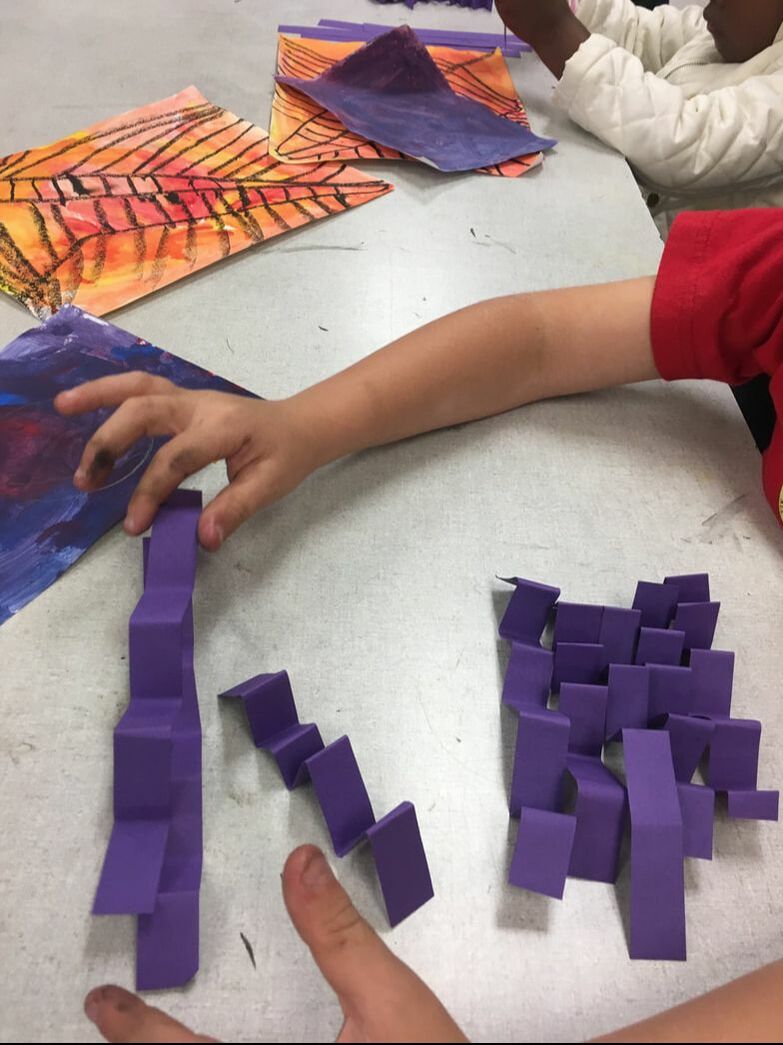
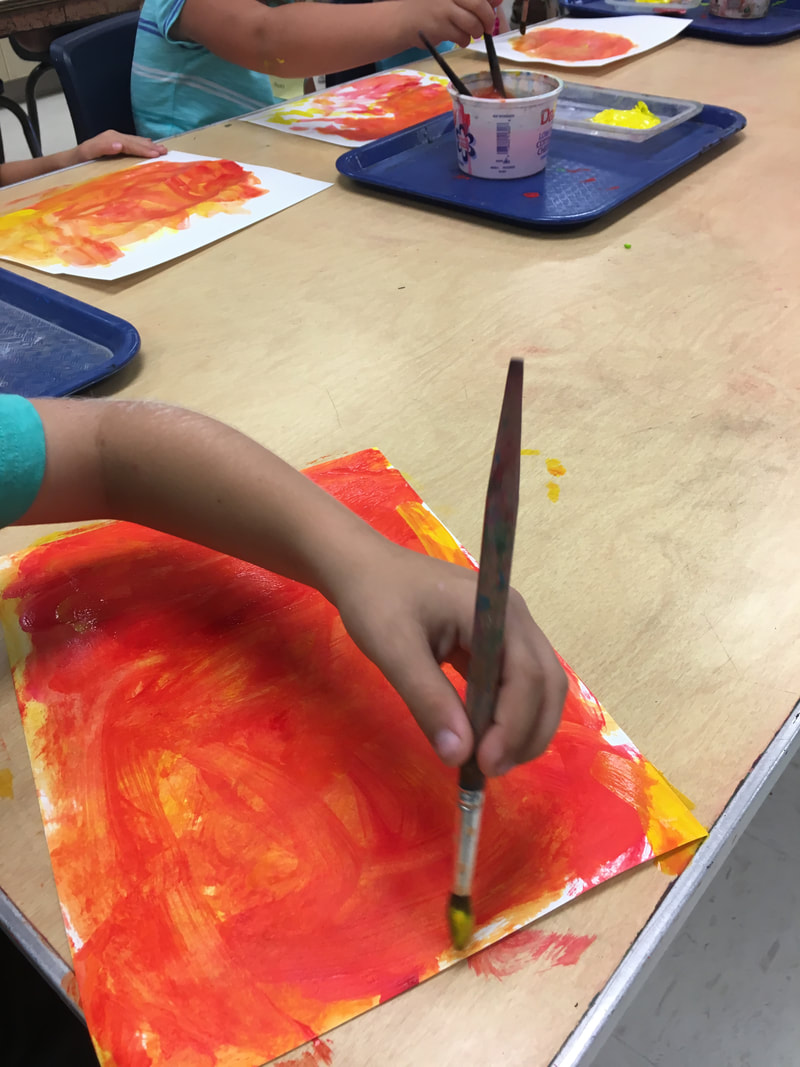
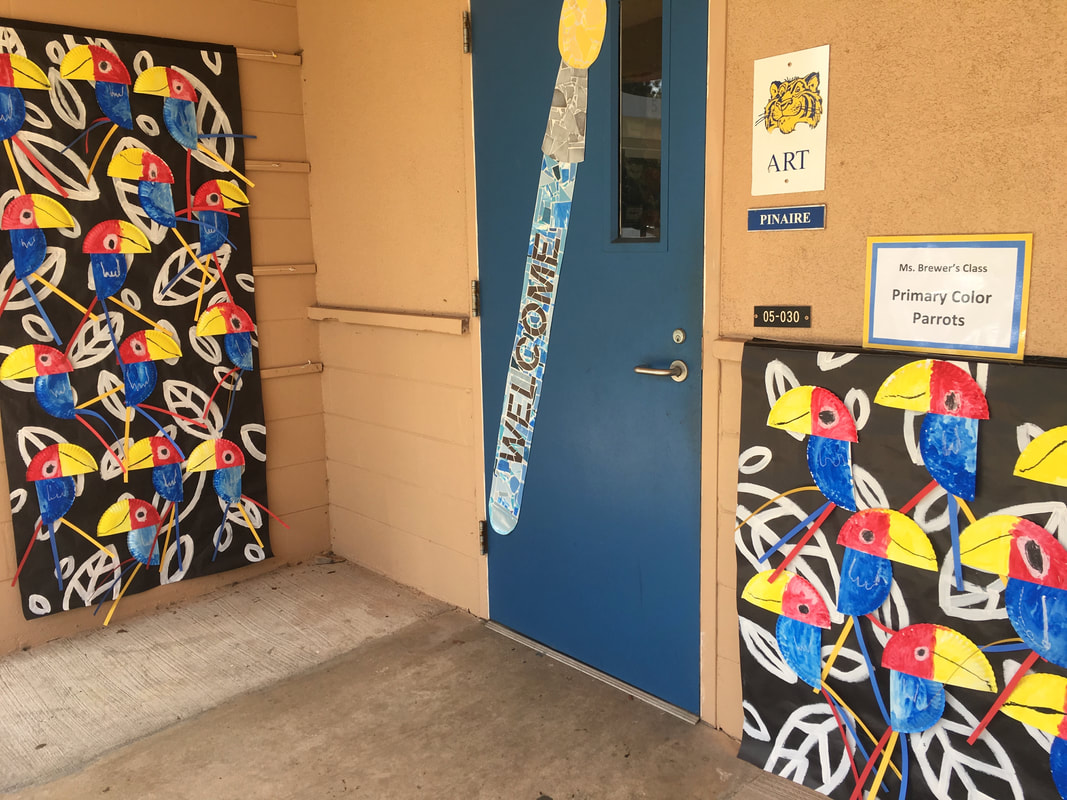
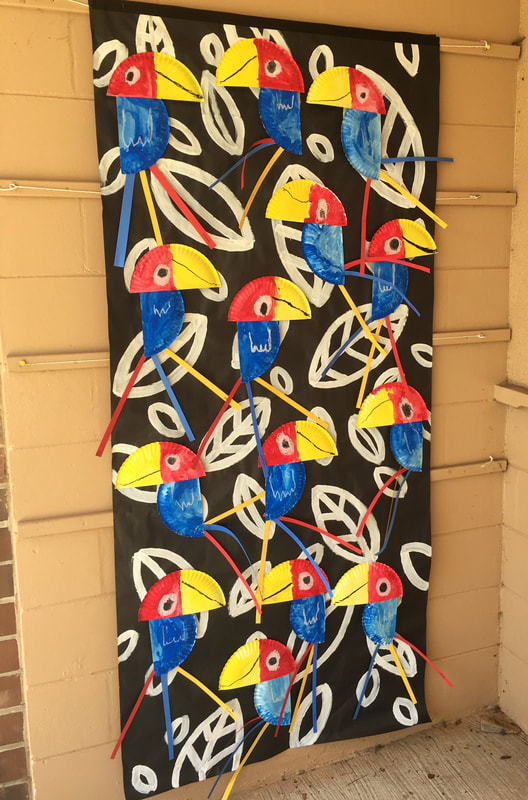
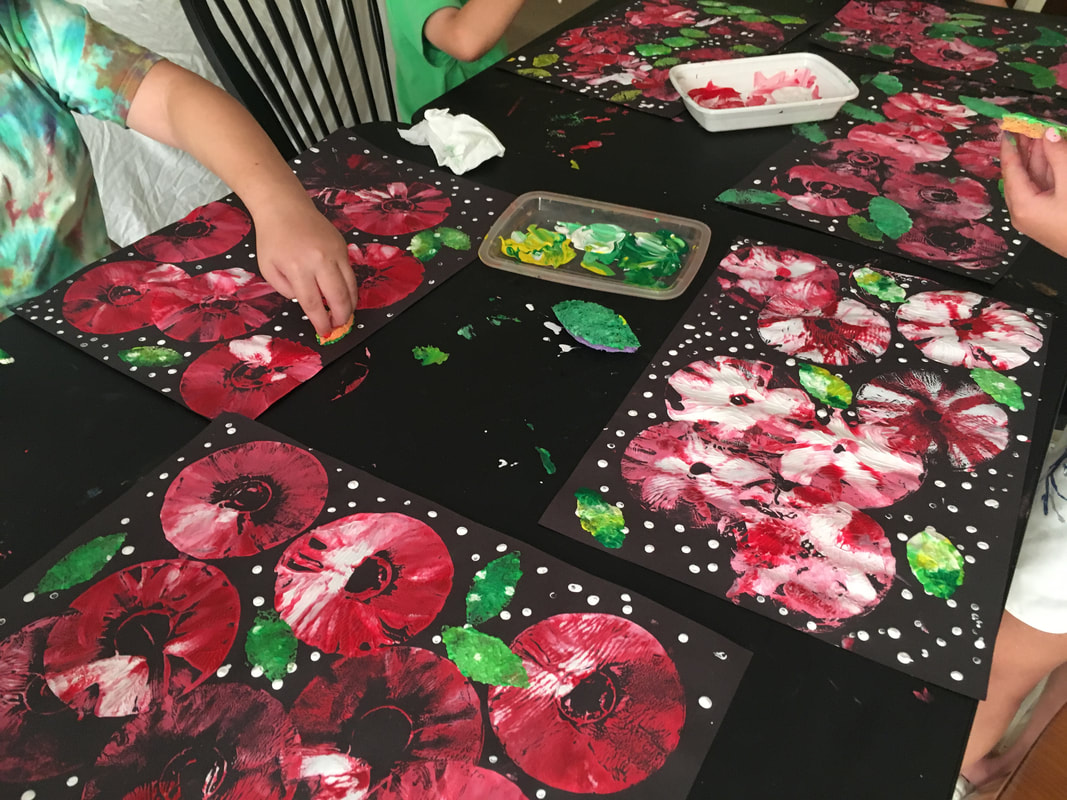
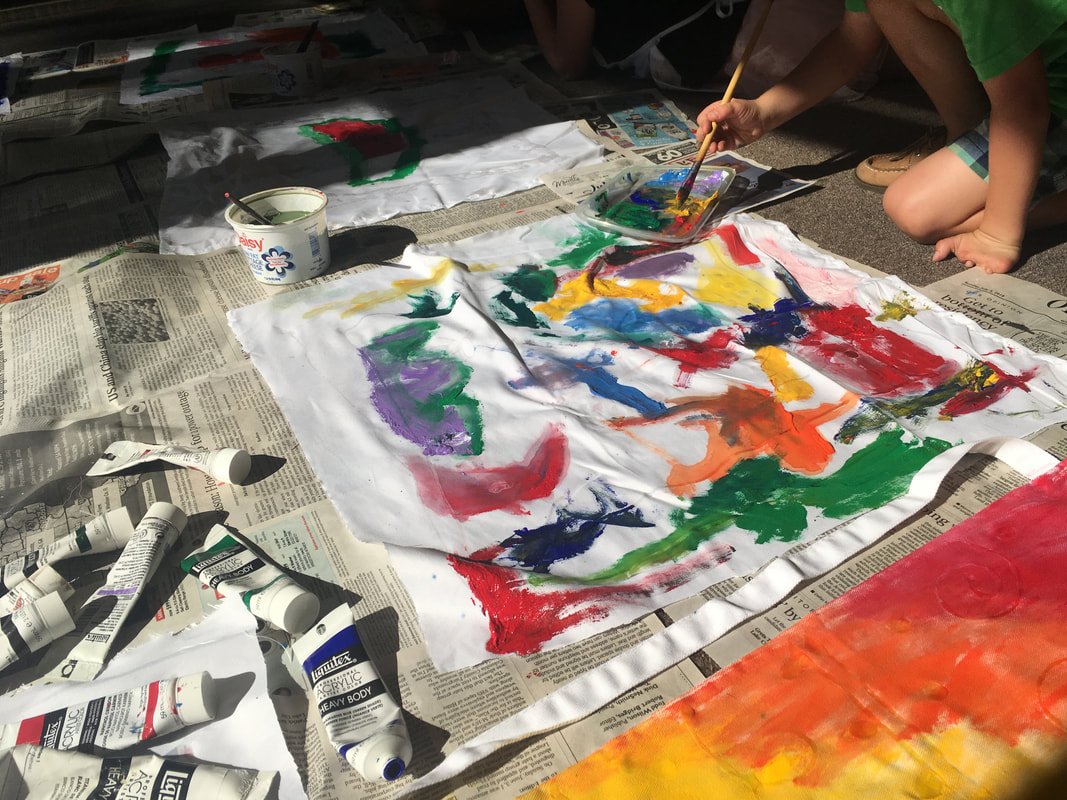
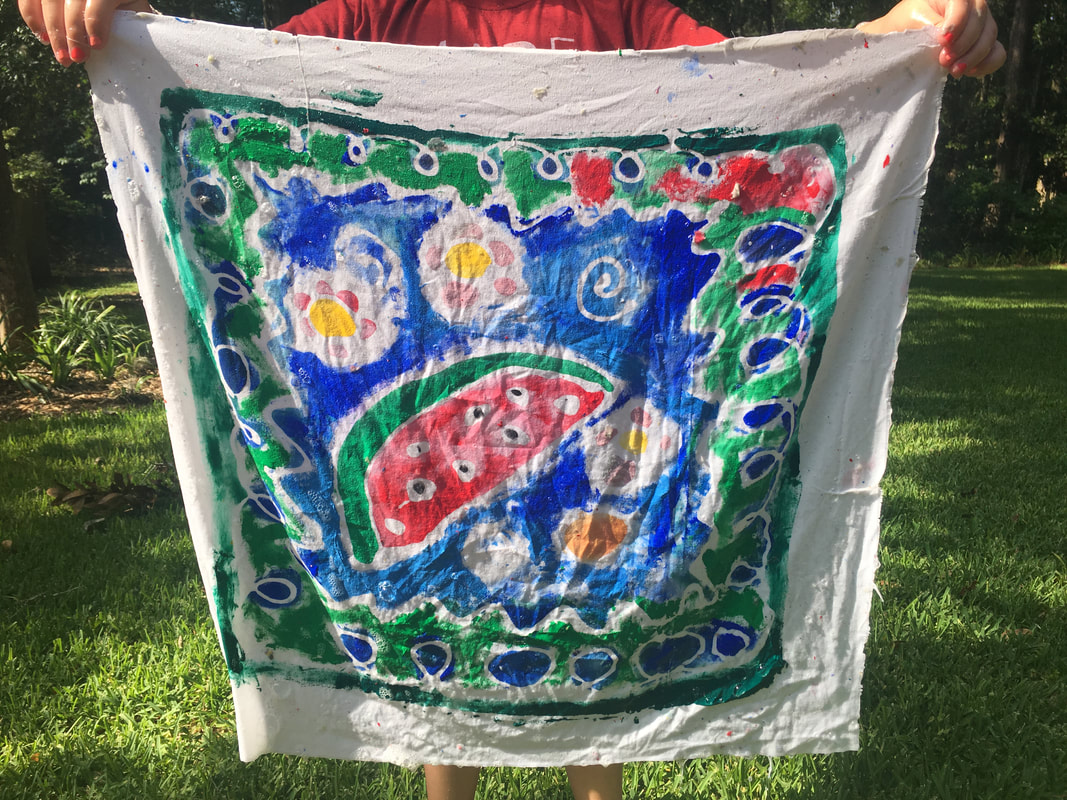
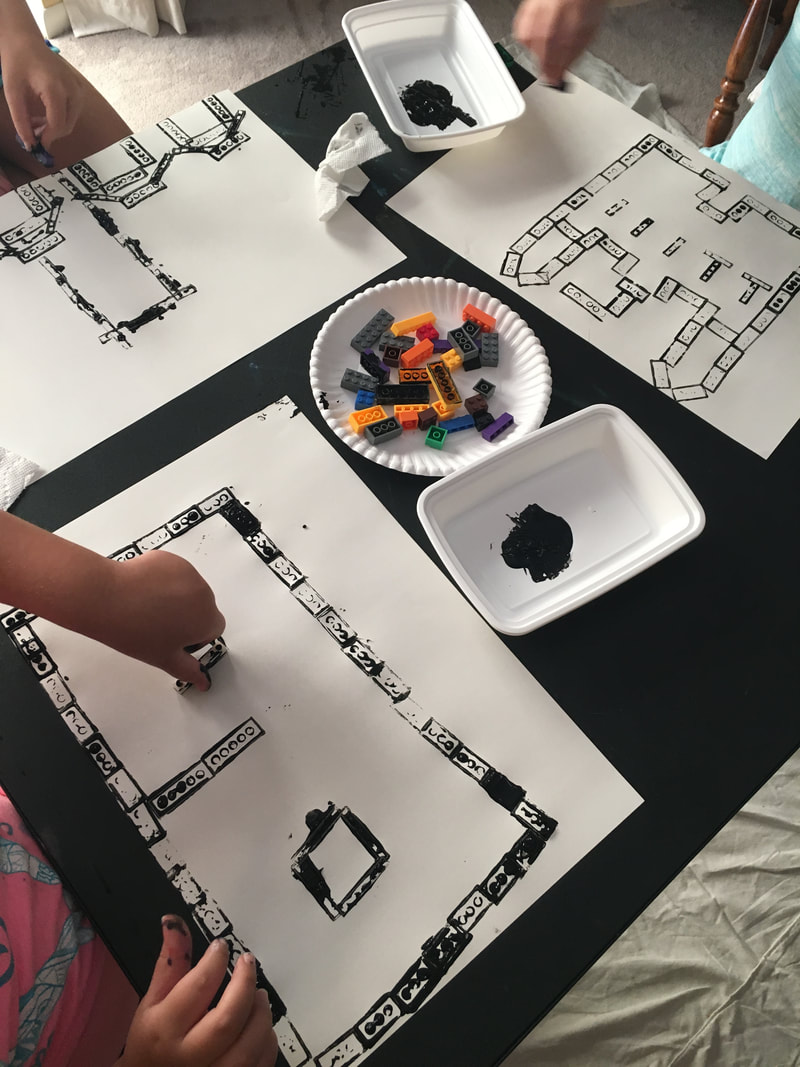
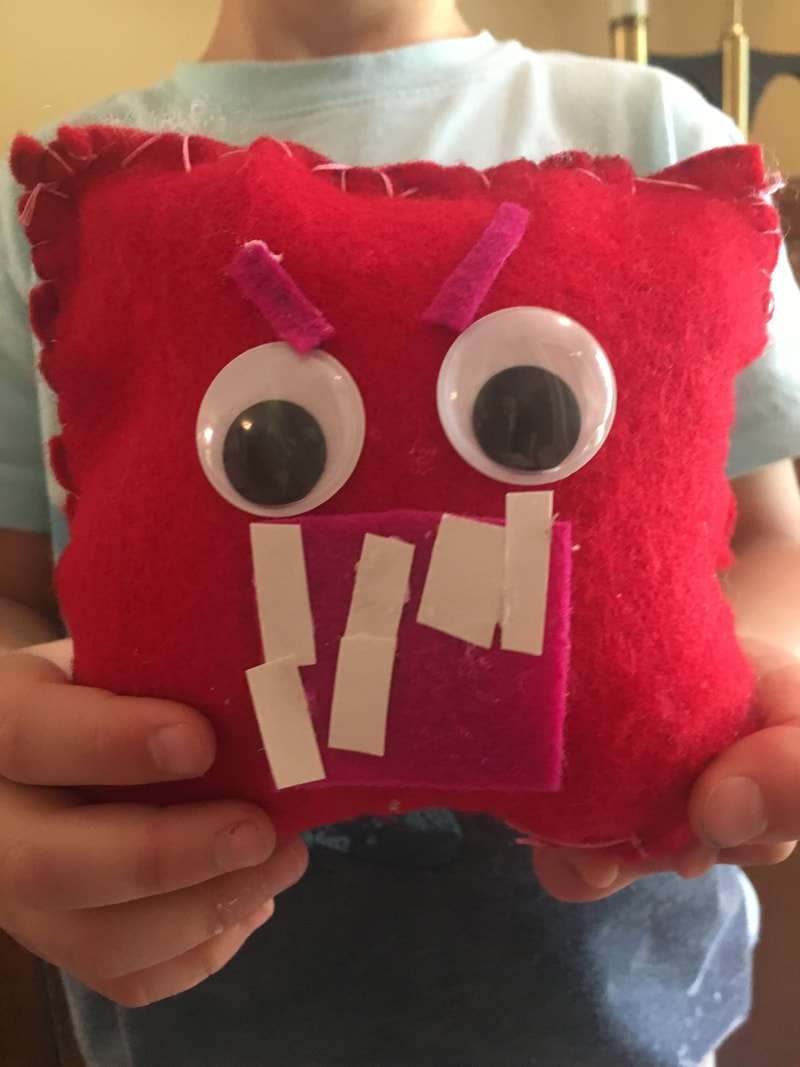
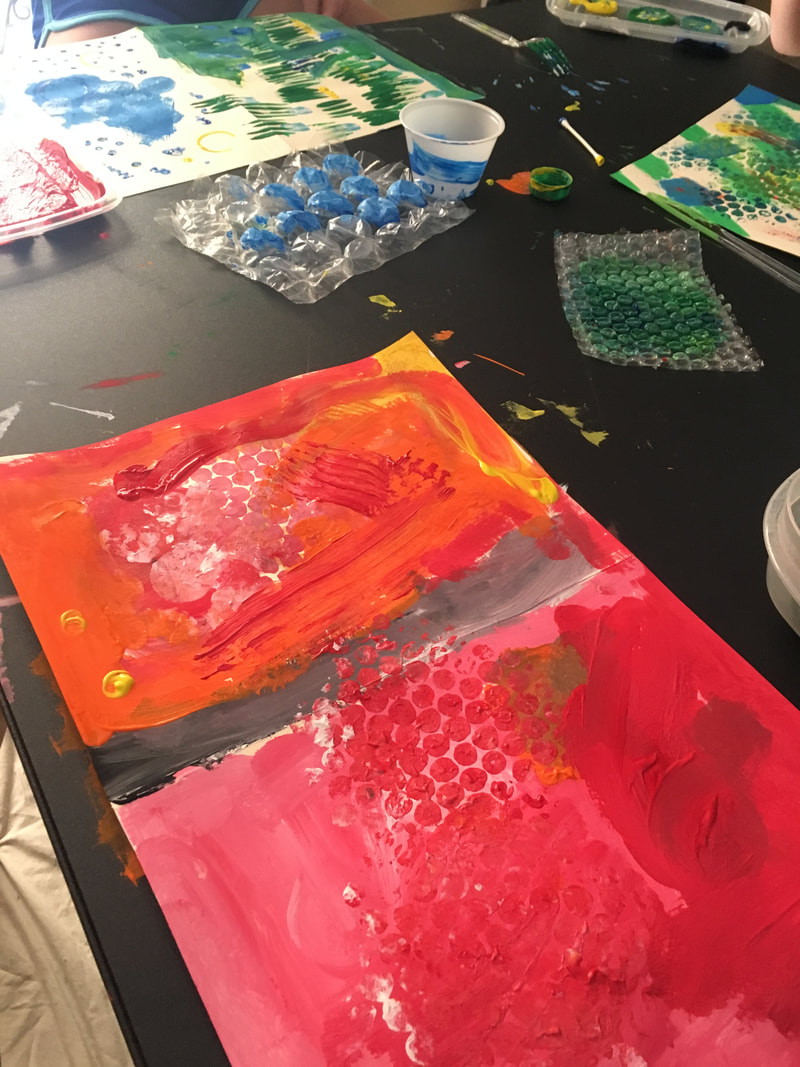
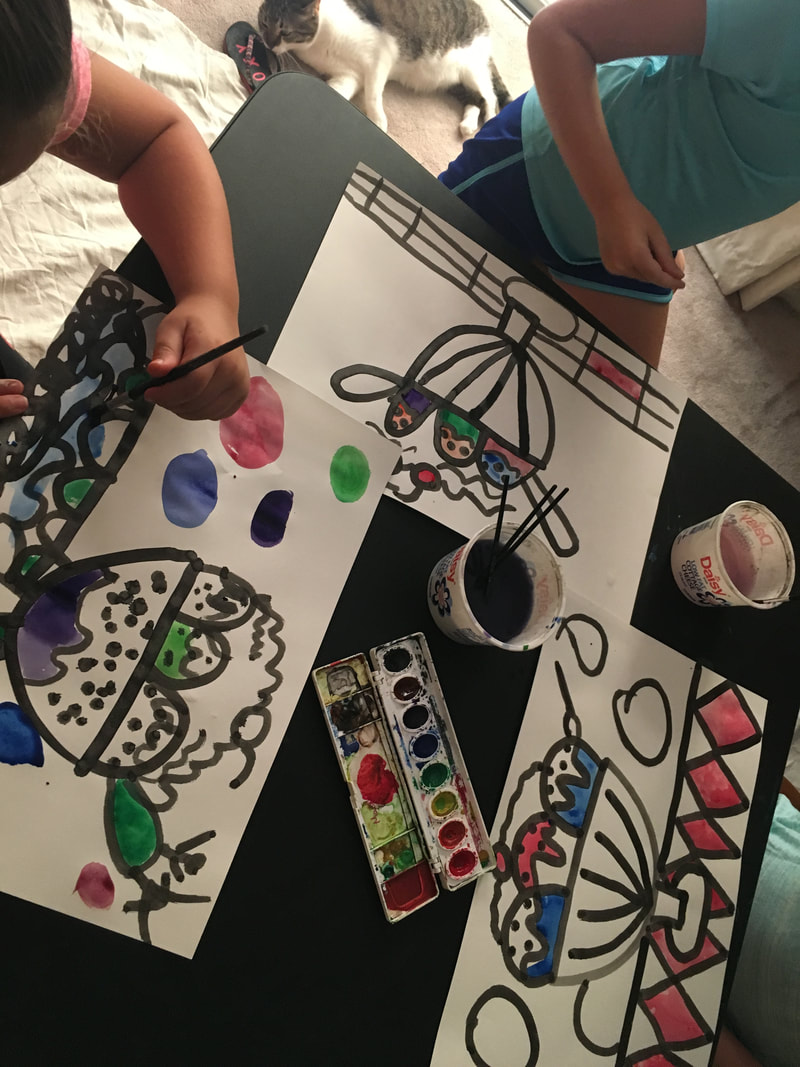
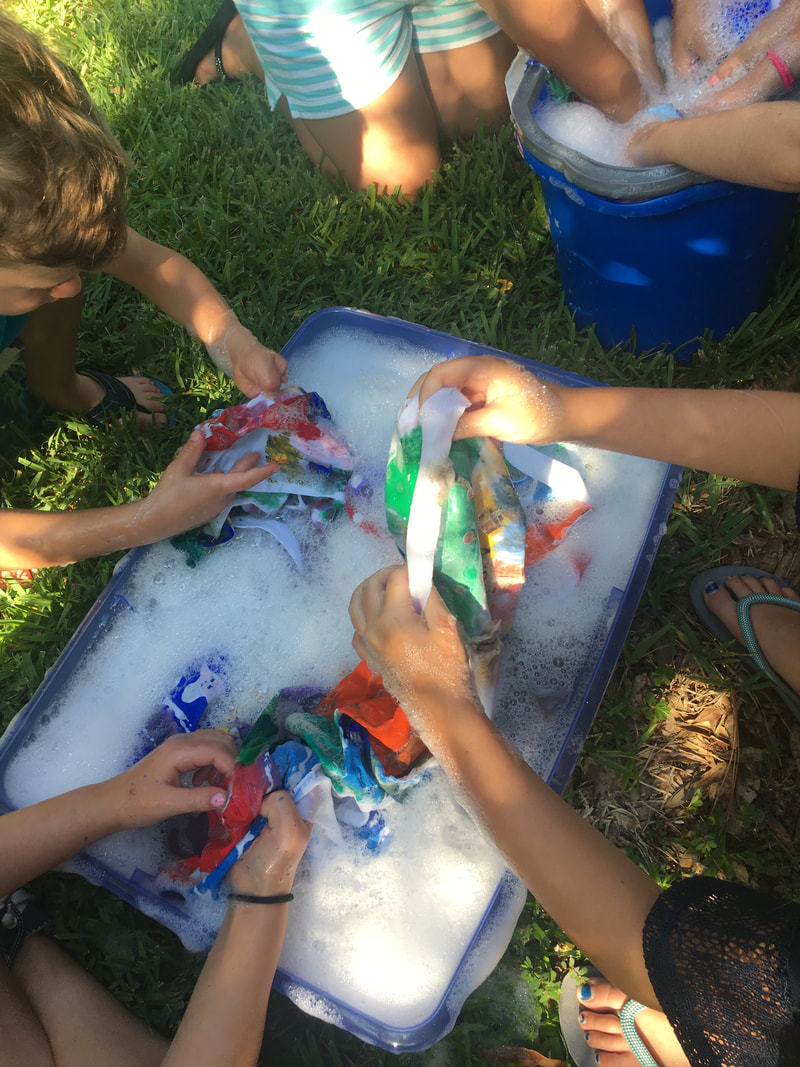
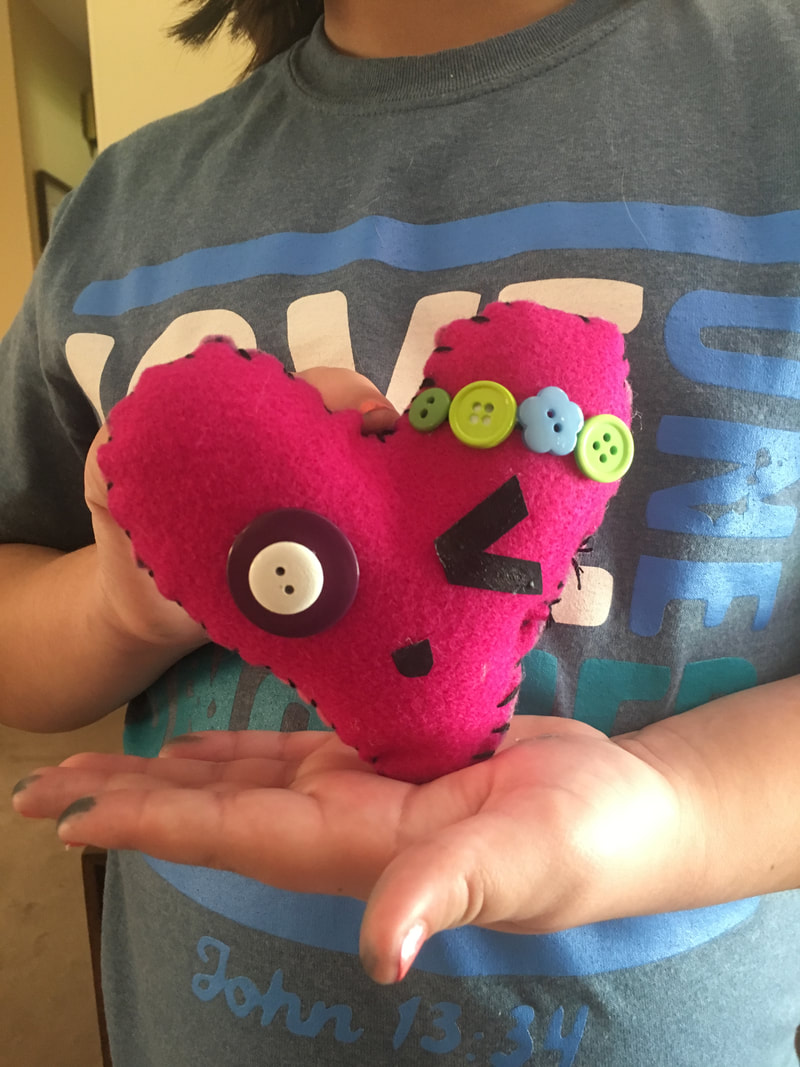
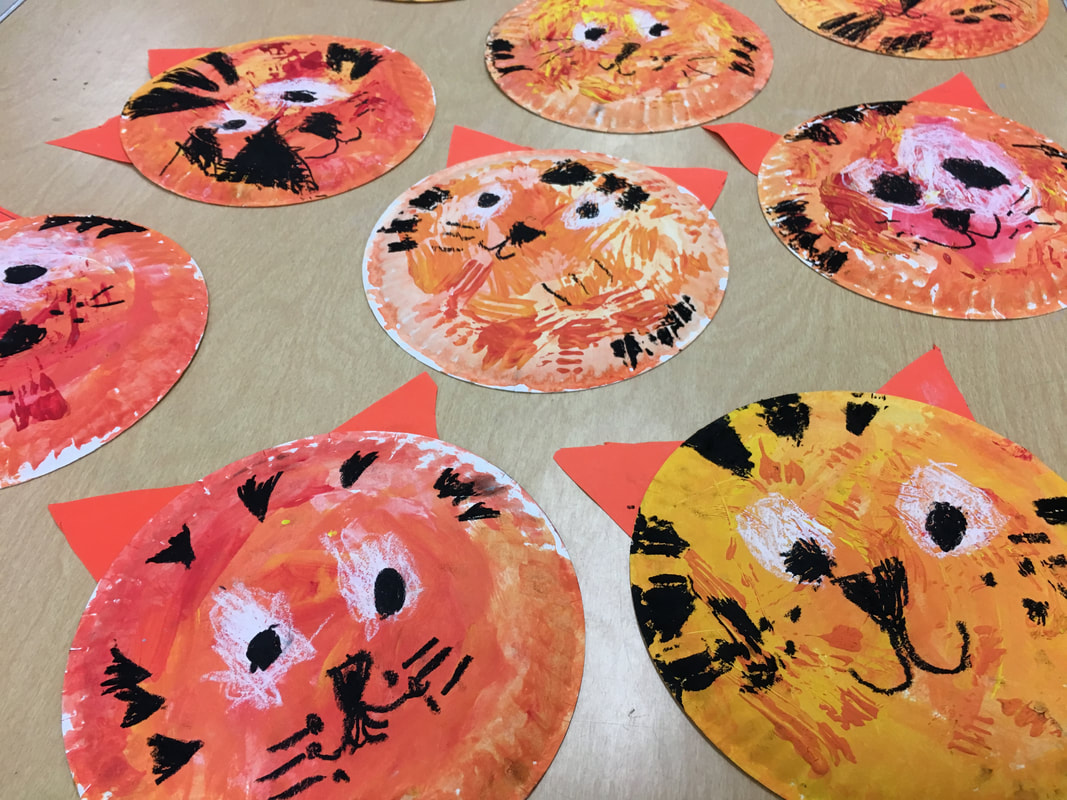
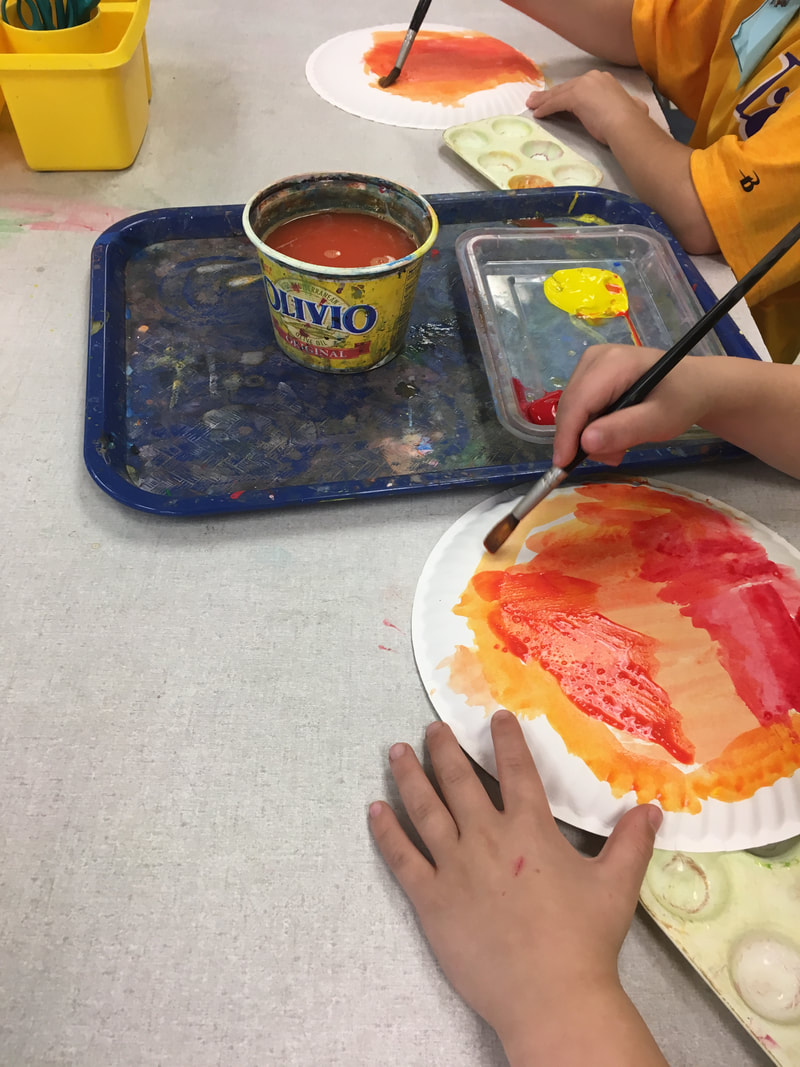
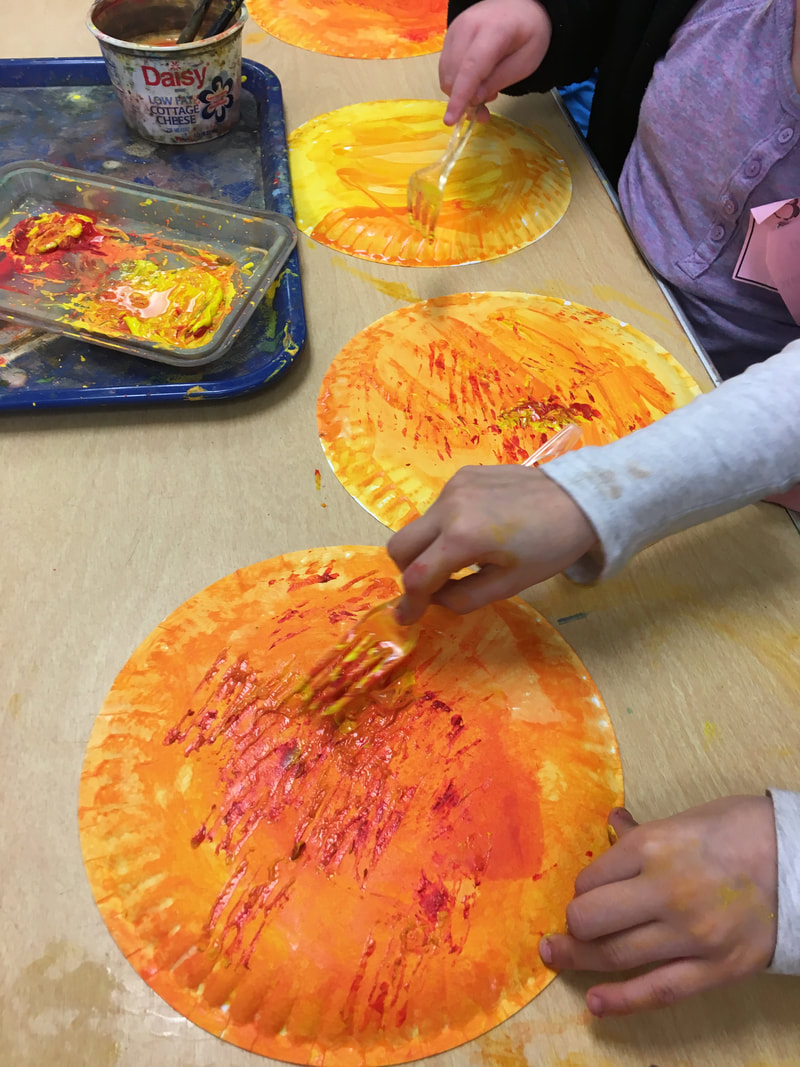
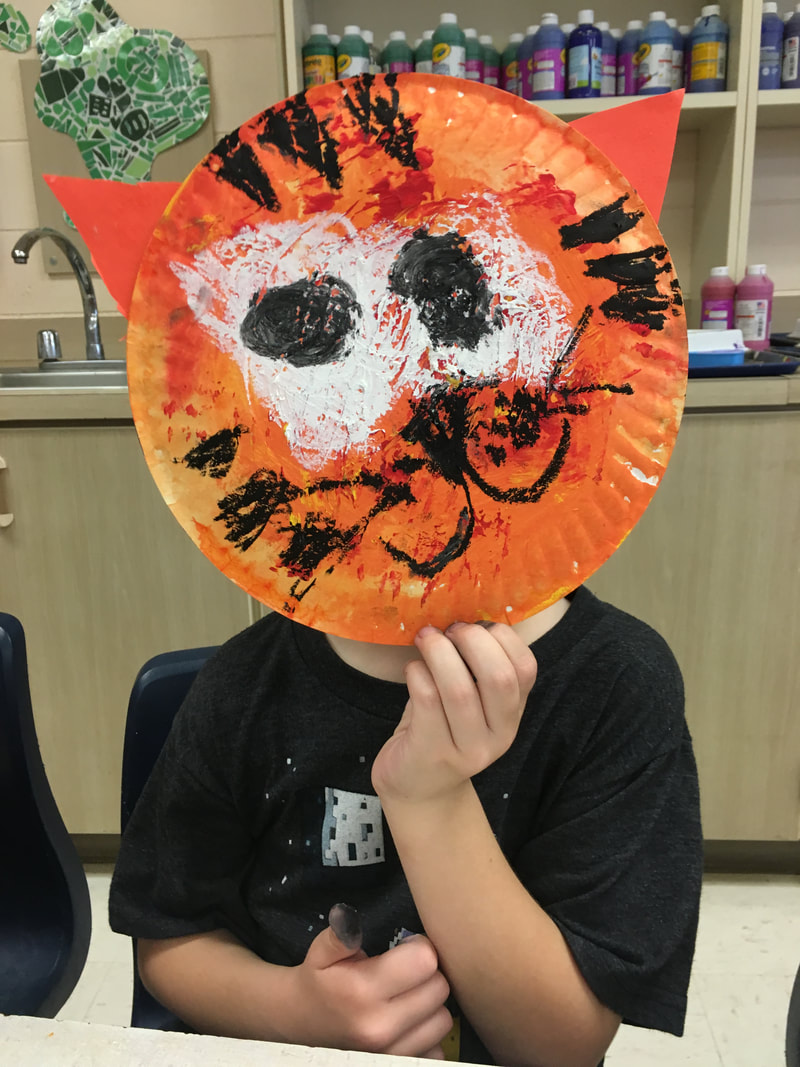

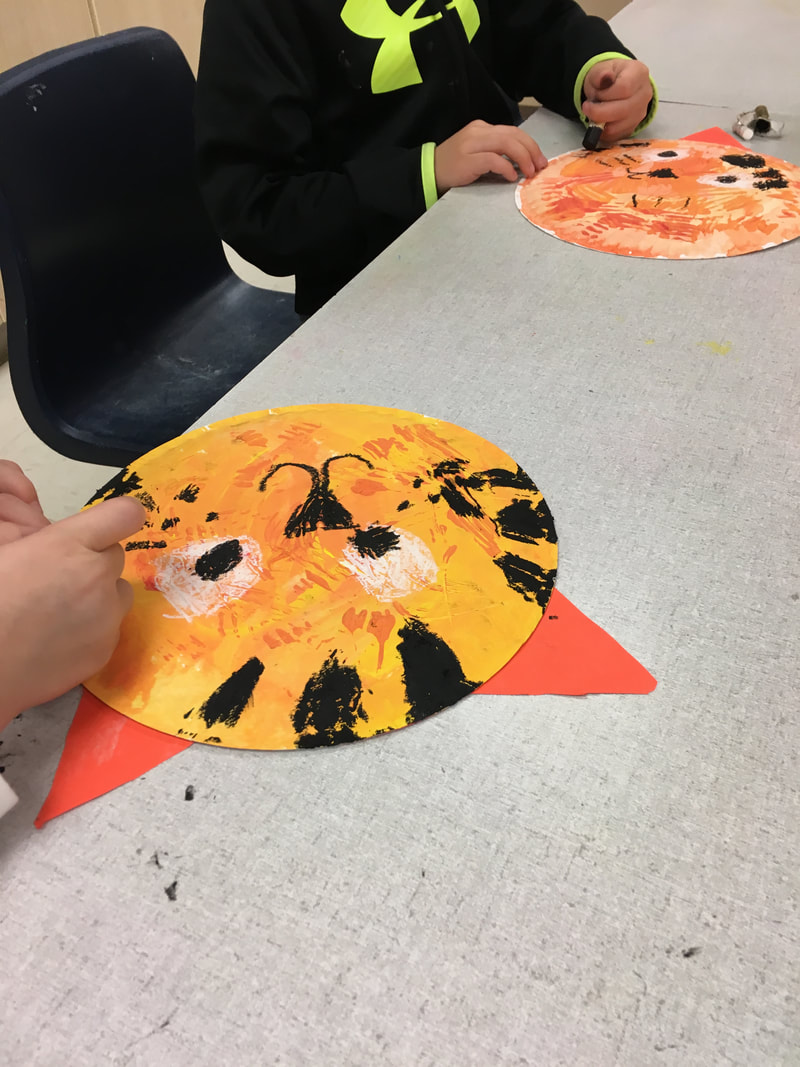
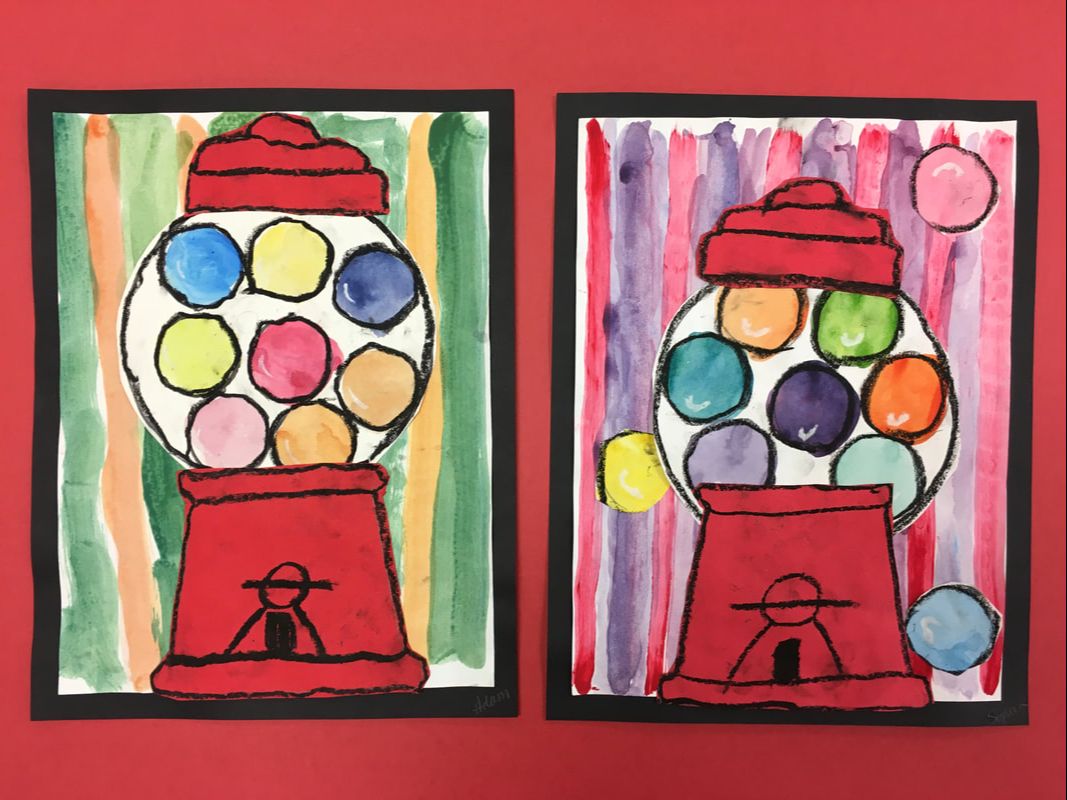
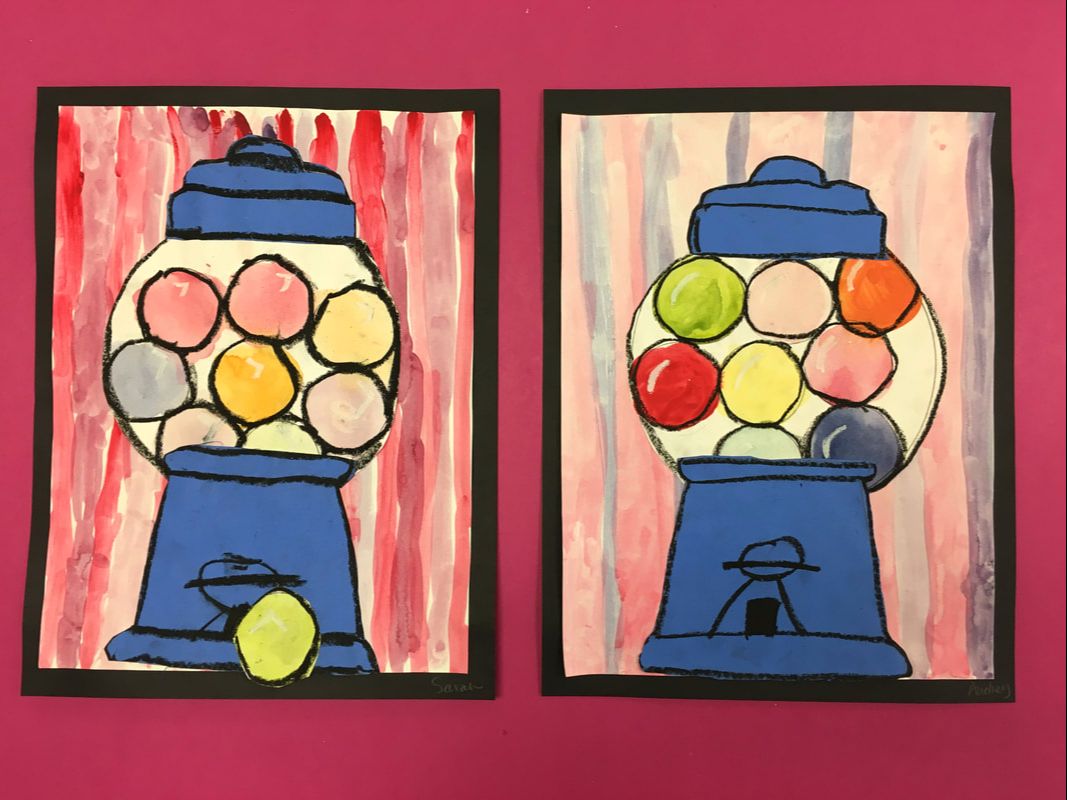
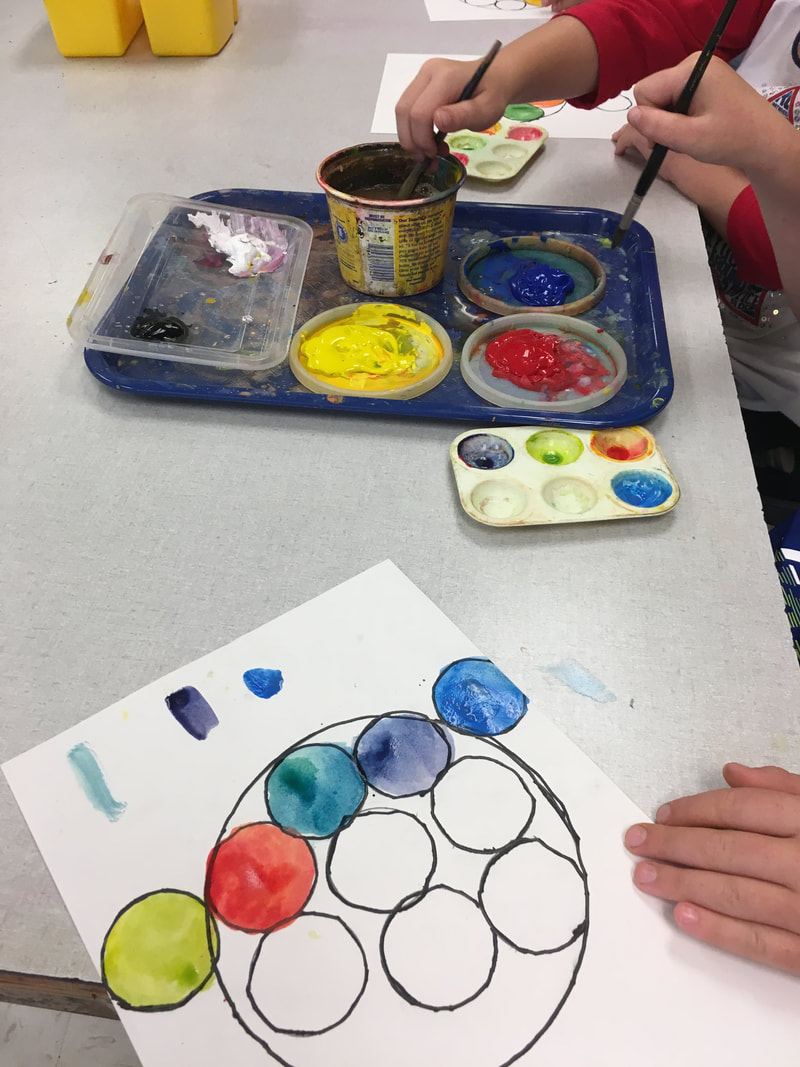
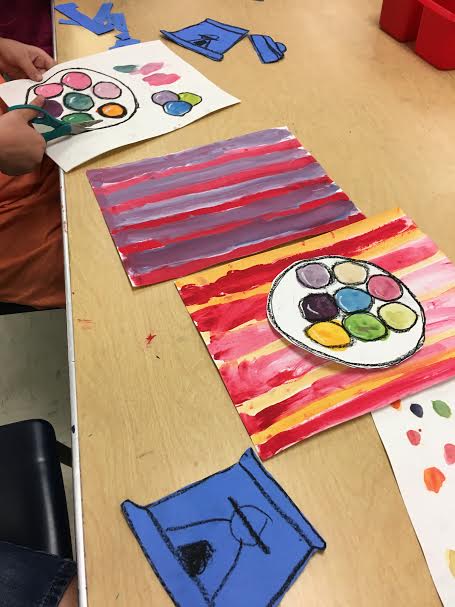
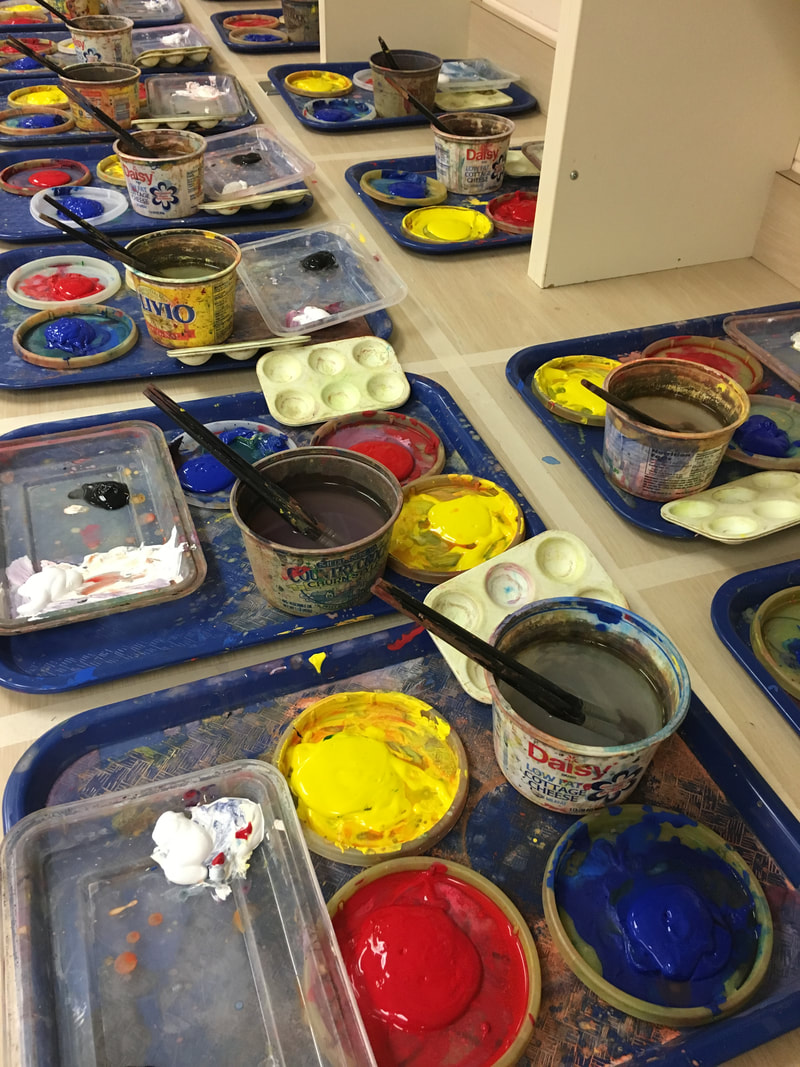
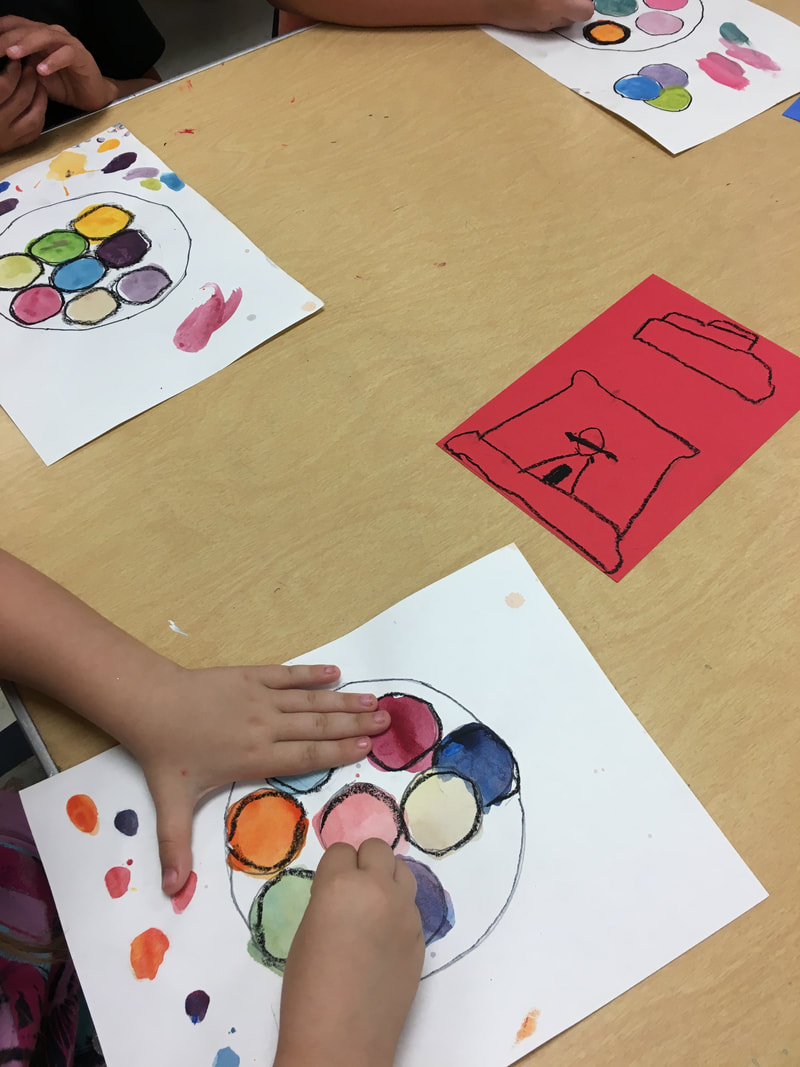
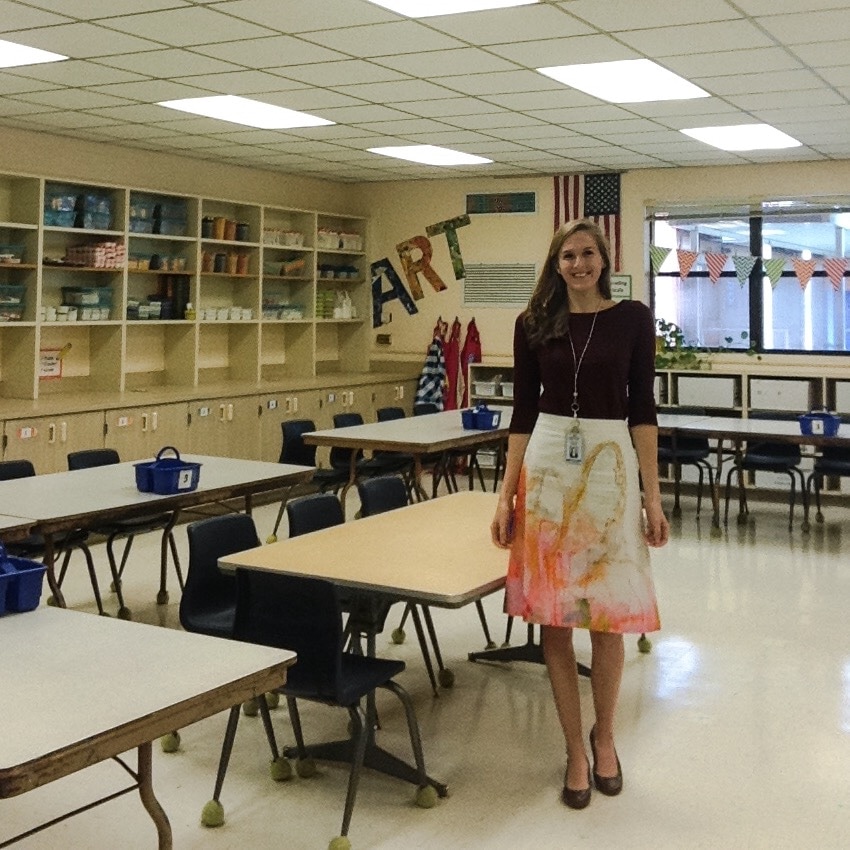
 RSS Feed
RSS Feed
